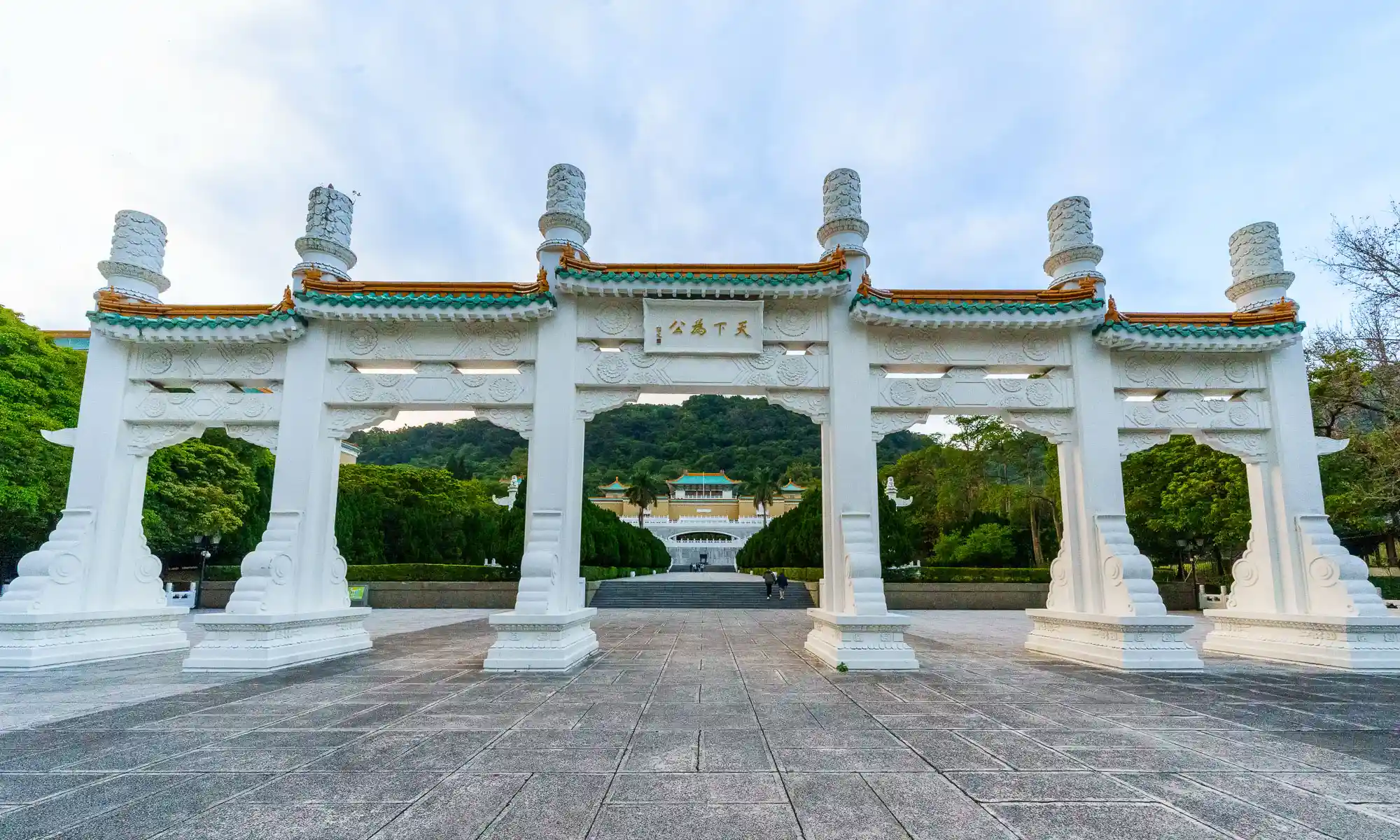An Insider’s Guide to Taipei: Museums, Arts and Culture
Taipei, the capital city of Taiwan, is teeming with numerous museums, cultural centers, and art venues.
For a comprehensive glimpse into Taiwanese history, start your journey at the National Taiwan Museum, followed by visits to the Chiang Kai-shek Memorial Hall and the Grand Hotel Taipei, both of which reflect Taiwan’s recent modernization.
If you have an interest in Chinese culture, a must-visit destination is the National Palace Museum. It houses hundreds of thousands of priceless artifacts and stands as the most significant and prestigious cultural institution in Taiwan.
For international exhibitions and contemporary art, explore the Museum of Contemporary Art. Additionally, don’t miss the opportunity to explore Songshan Cultural and Creative Park and Huashan 1914 Creative Park to connect with Taiwan’s creative industries and browse products crafted by exceptional local designers.
Lastly, make your way to Treasure Hill Artist Village, a unique artistic community nestled within a historic military dependents’ village, to truly appreciate its distinctive charm.
National Palace Museum
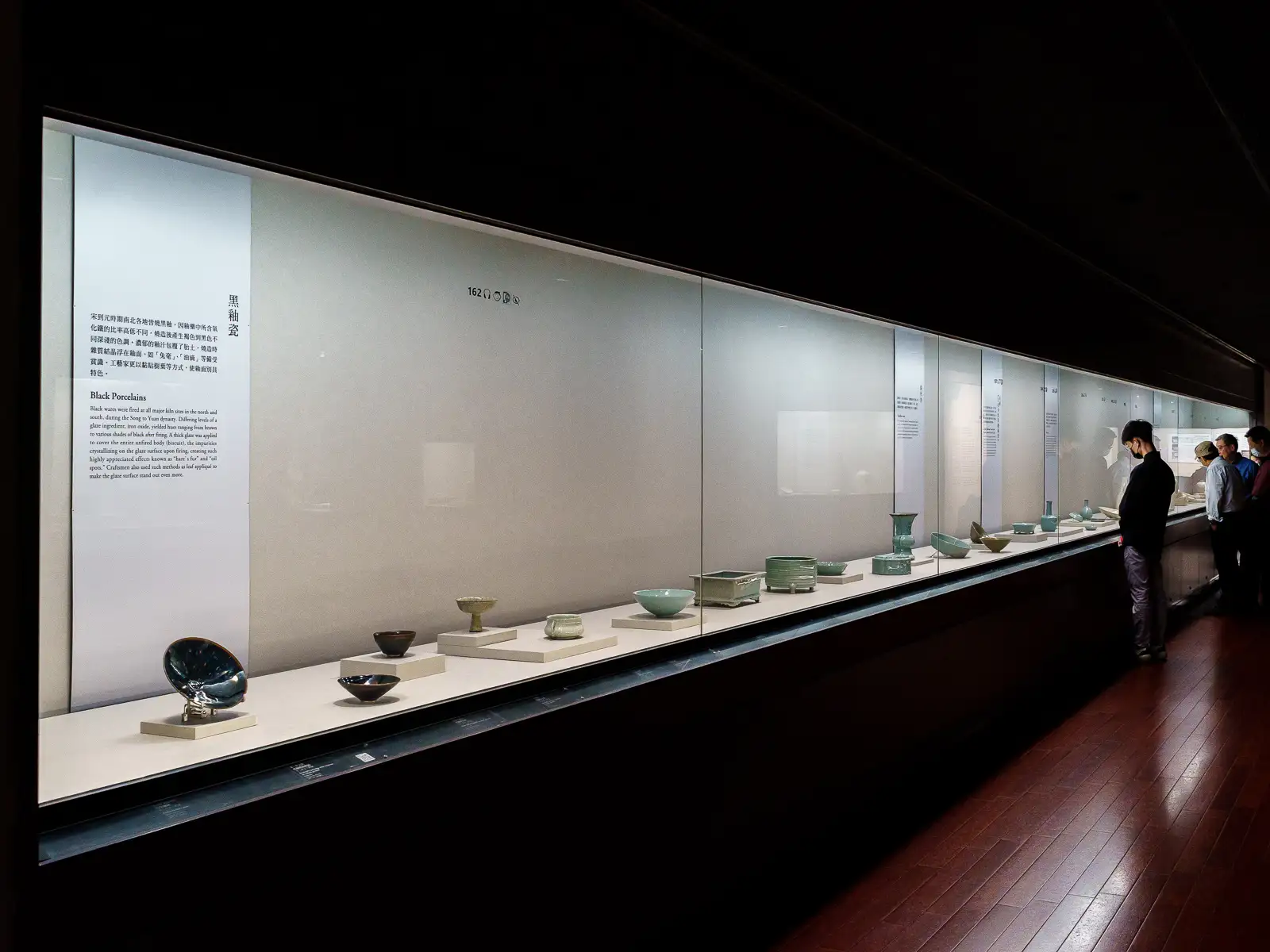
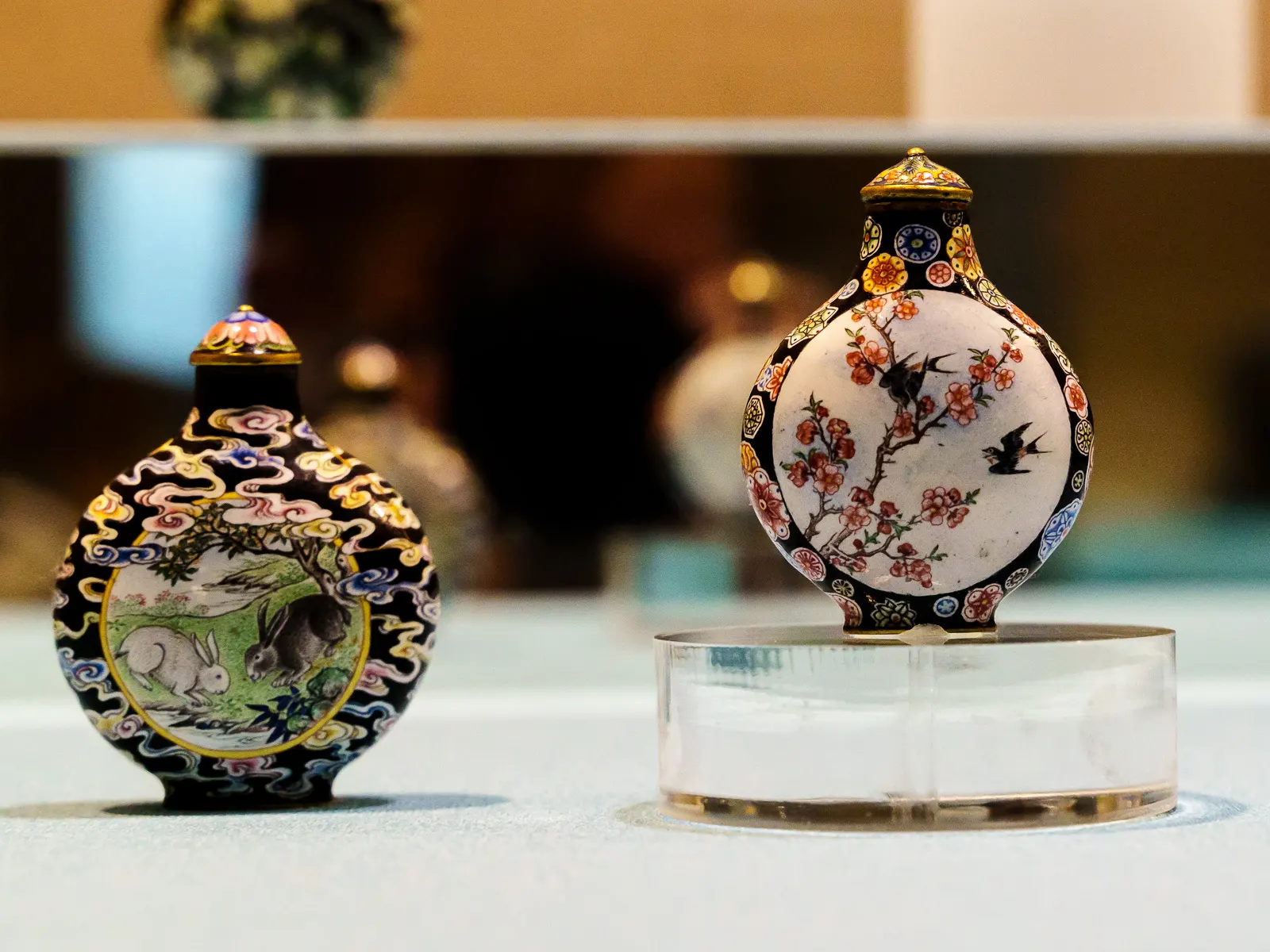

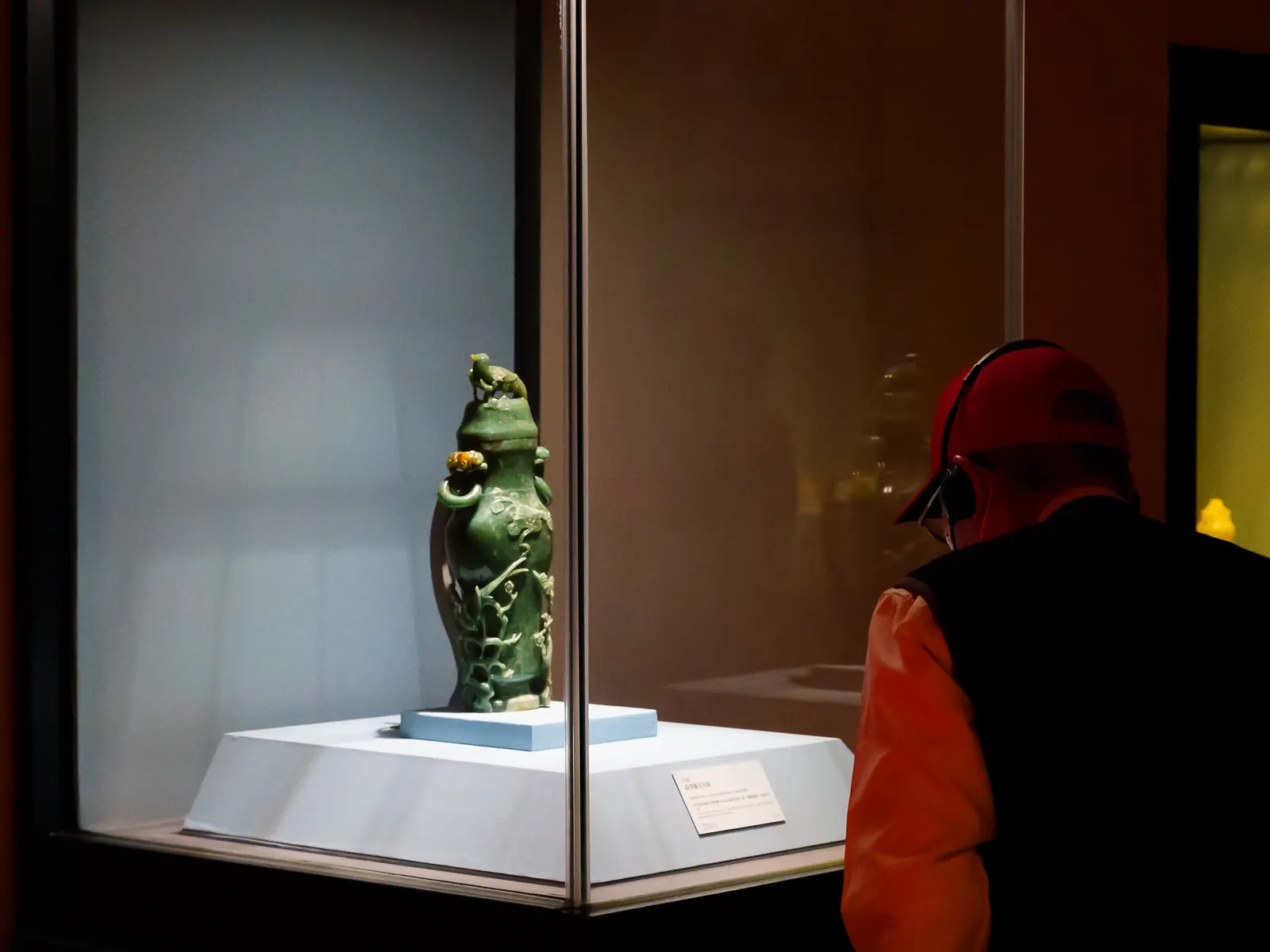
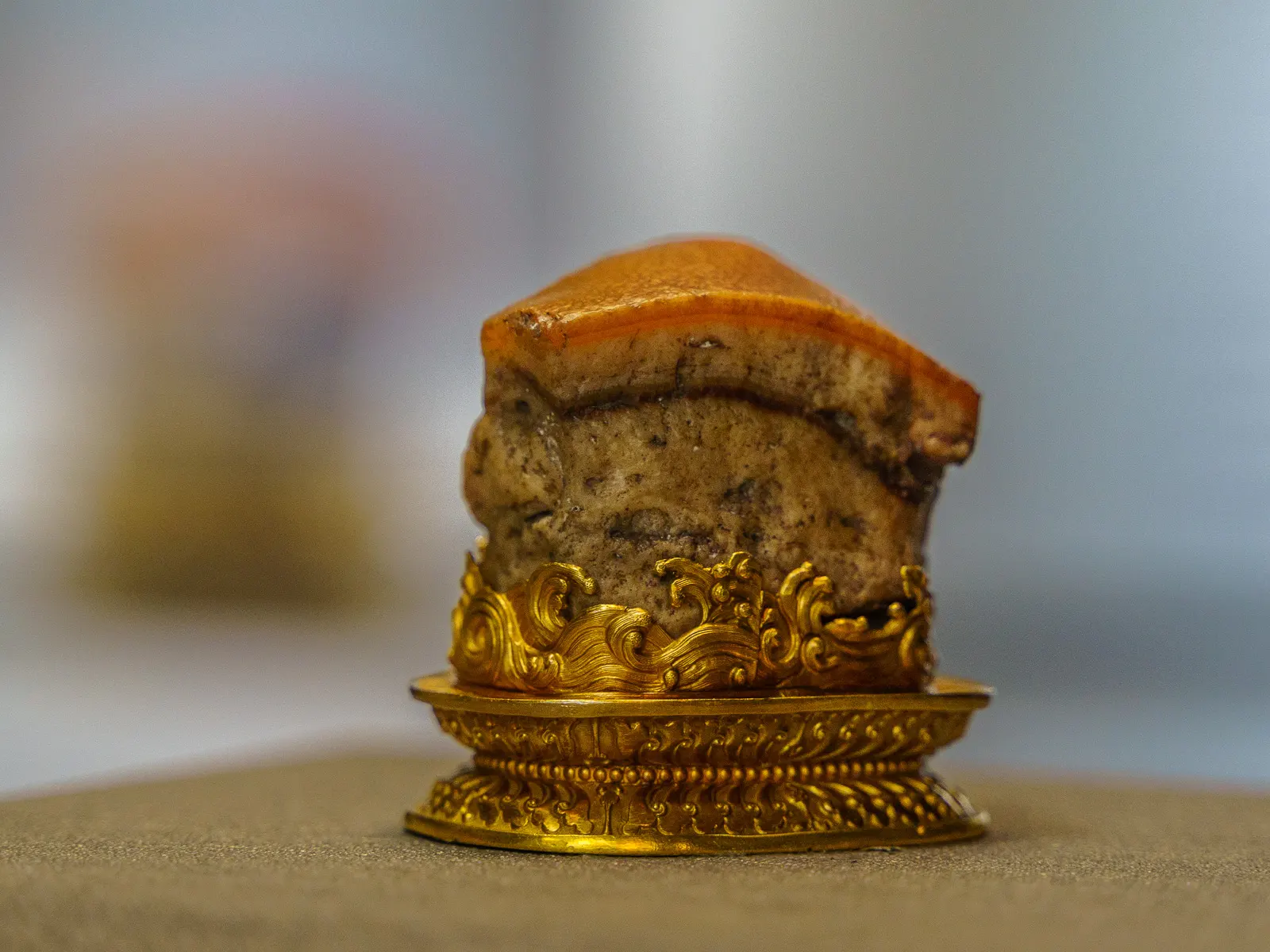
The National Palace Museum stands as a magnificent testament to the enduring legacy of Chinese art and culture. With a staggering collection of over 700,000 priceless artifacts, it ranks among the world’s foremost repositories of Chinese historical treasures, and is considered one of Taiwan’s most important cultural institutions.
The museum’s collection includes priceless artifacts made of porcelain, jade and bronze, as well as masterful calligraphy, paintings, and other items. Notable pieces include the “Jadeite Cabbage,” a meticulously carved jade sculpture, and the “Meat-shaped Stone,” a piece of jasper resembling a piece of braised pork.
Utilizing modern technology, interactive displays, and immersive exhibitions, the museum seeks to bridge the gap between the past and the present, making the rich tapestry of Chinese history and culture accessible to all.
For more information, including details on upcoming events and current exhibitions, visit the National Palace Museum official website.
Fun Fact: Only a fraction of the 700,00 item collection is displayed at any given time due to space constraints.
Chiang Kai-shek Memorial Hall
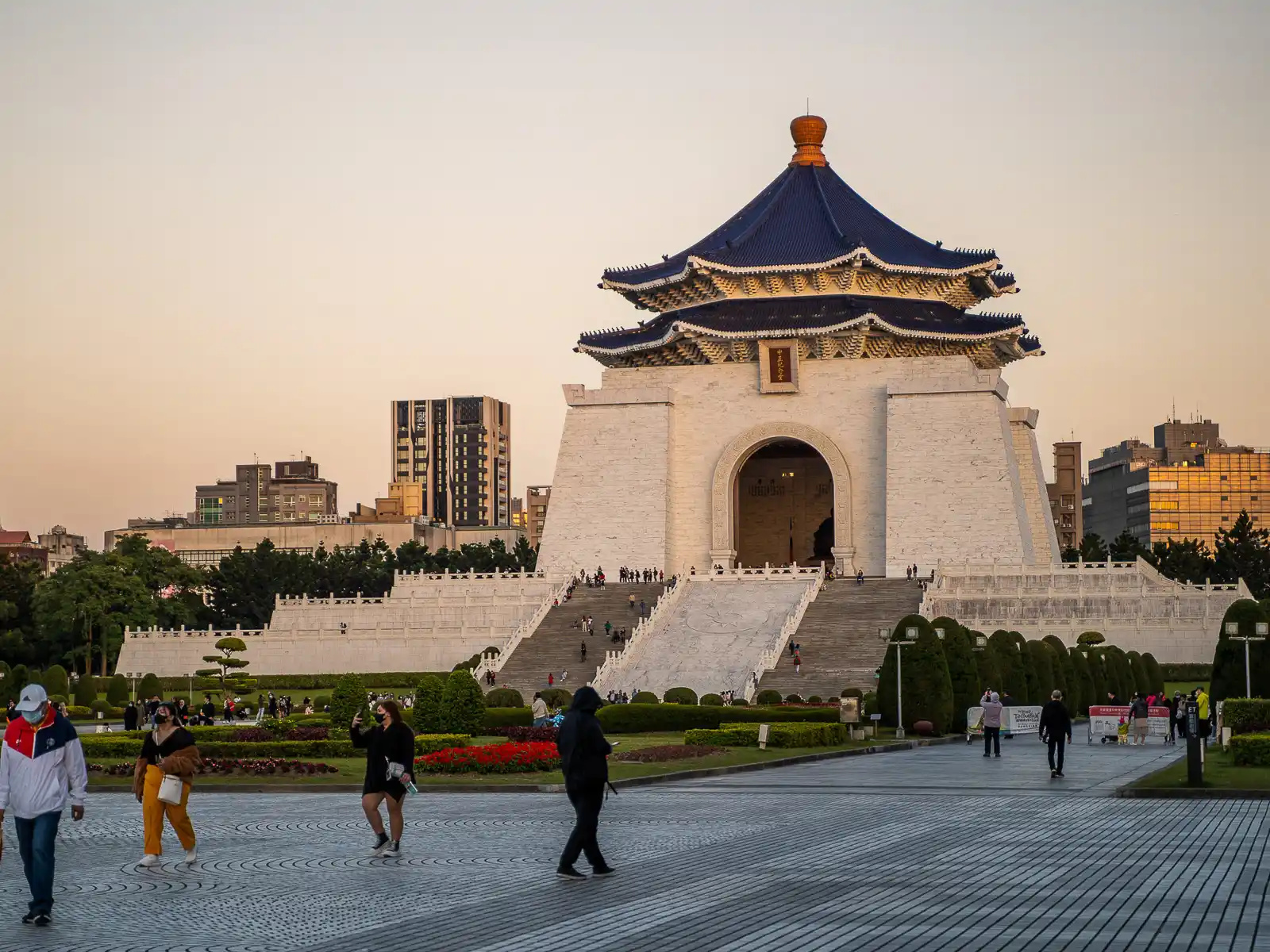
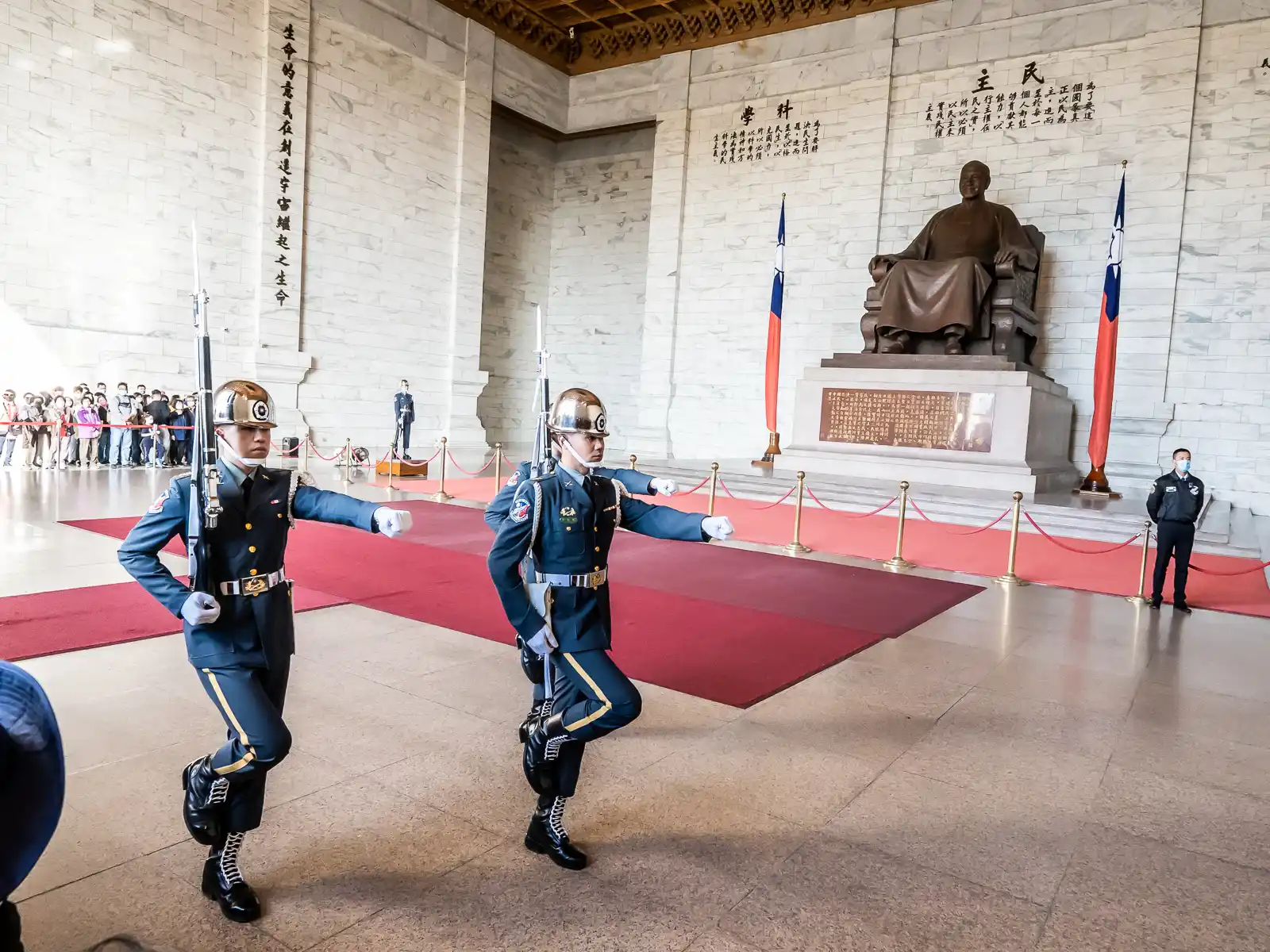
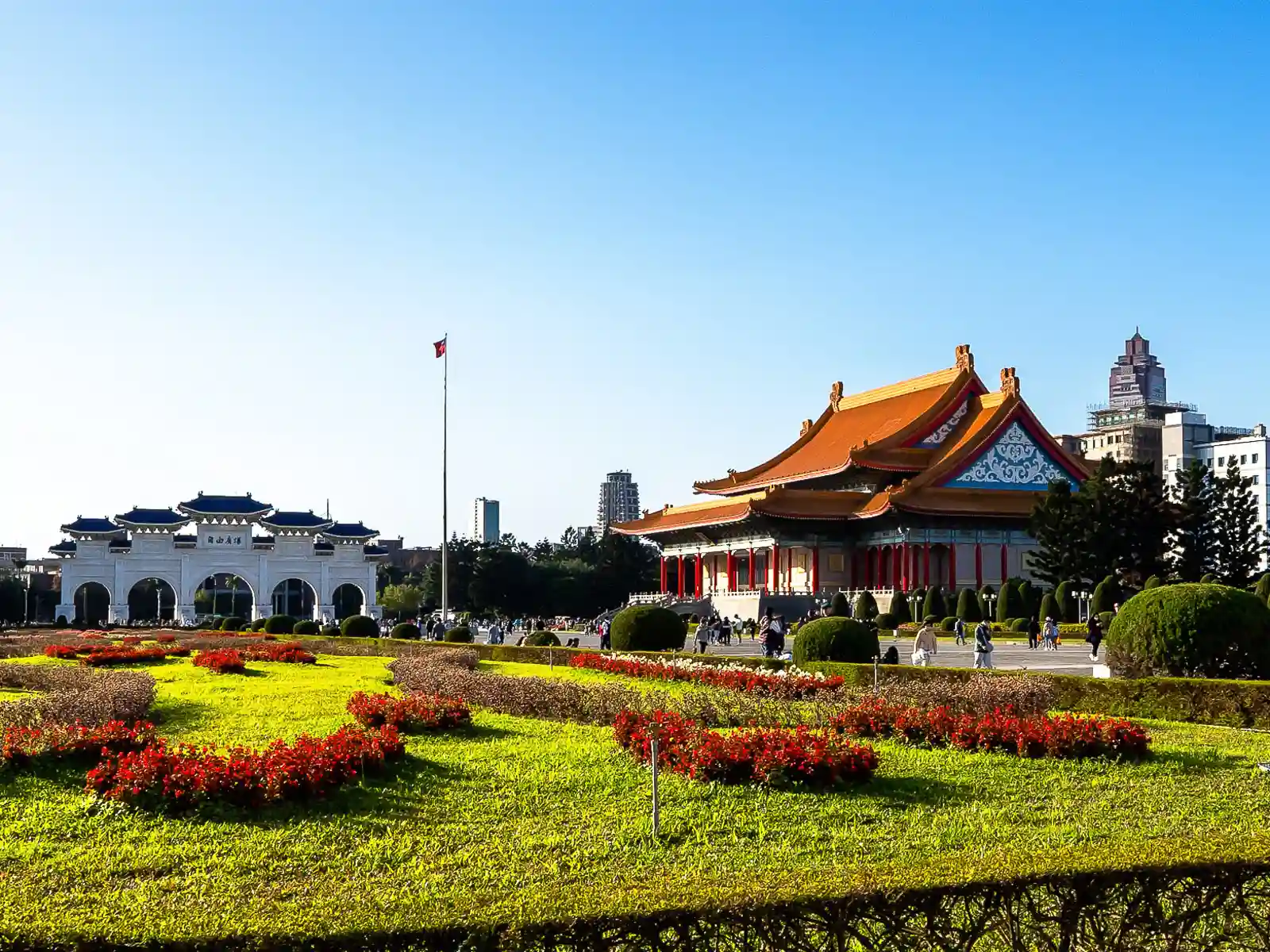
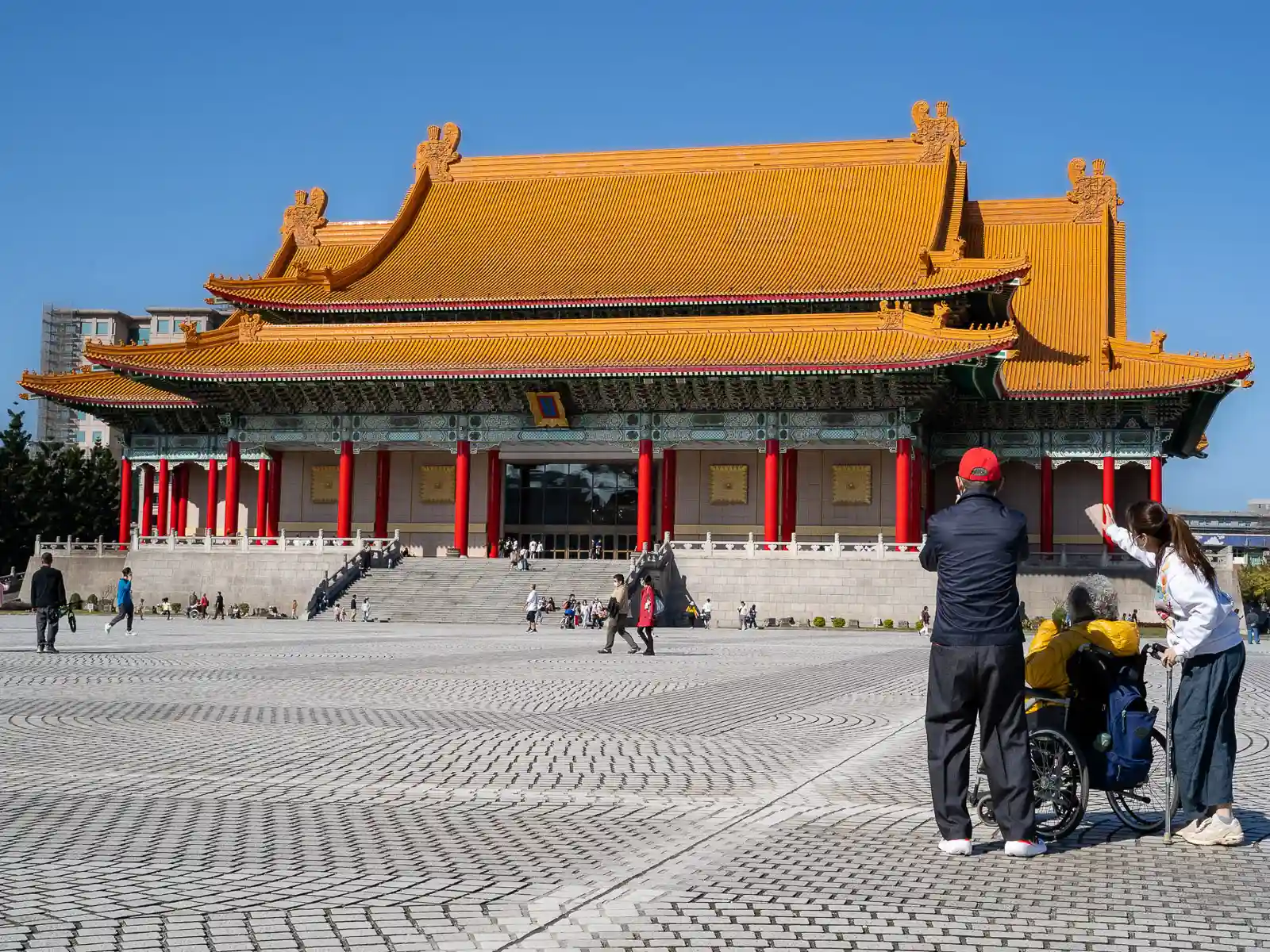
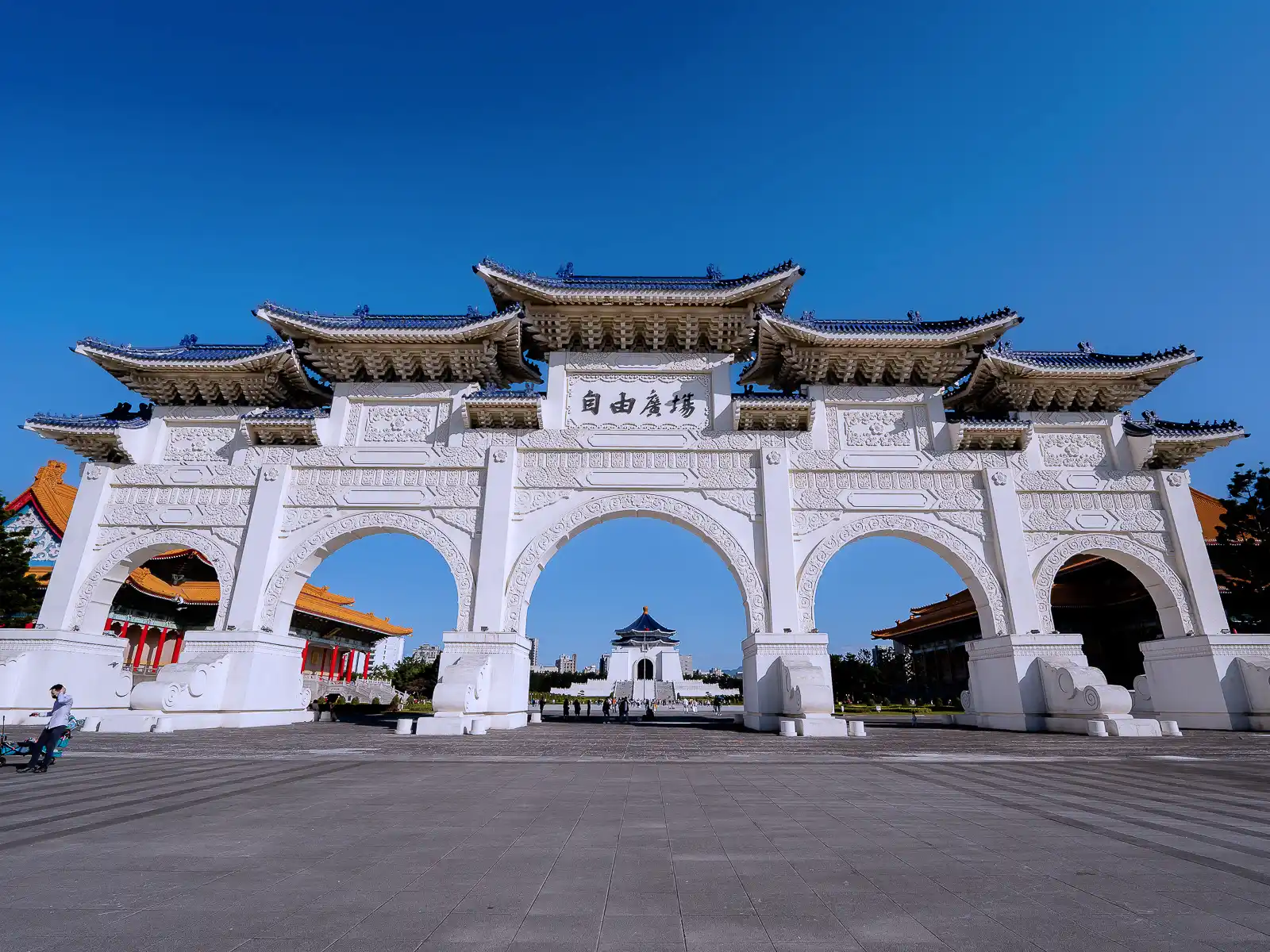
The Chiang Kai-shek Memorial Hall is a massive national monument dedicated to Chiang Kai-shek, the former president of the Republic of China and an important figure in Taiwan’s history.
Known for its grand and imposing structure, it is a prominent example of traditional Chinese architecture in Taipei. The monument is made from gleaming white marble and topped with roofs of blue glass, and its architecture incorporates elements of classical Chinese design, like octagonal roofs and ornate decorations. It sits amidst expansive and meticulously maintained grounds that include gardens, pools, and pathways. Within the interior, you’ll find a permanent exhibition hall and four additional exhibition spaces for rotating displays.
The entrance to the Chiang Kai-shek Memorial Hall complex is distinguished by a colossal five-arch gate bearing the words “Liberty Square.” Flanking the square are the National Theater and National Concert Hall, both renowned as world-class performance venues that often host international artists. Democracy Boulevard, which leads through the complex to Chiang Kai-shek Memorial Hall, is surrounded on either side by gardens.
At the heart of the memorial hall stands a large bronze statue of Chiang Kai-shek, similar in concept to the Lincoln Memorial in Washington, D.C. Guarded by military personnel, the statue is the site of a changing of the guard ceremony that attracts many spectators. The guards, known for their precision and discipline, perform the change in a highly ceremonious fashion, which is a popular tourist attraction.
For more information and upcoming and current exhibitions, visit the Chiang Kai-shek Memorial Hall official website.
National Taiwan Museum
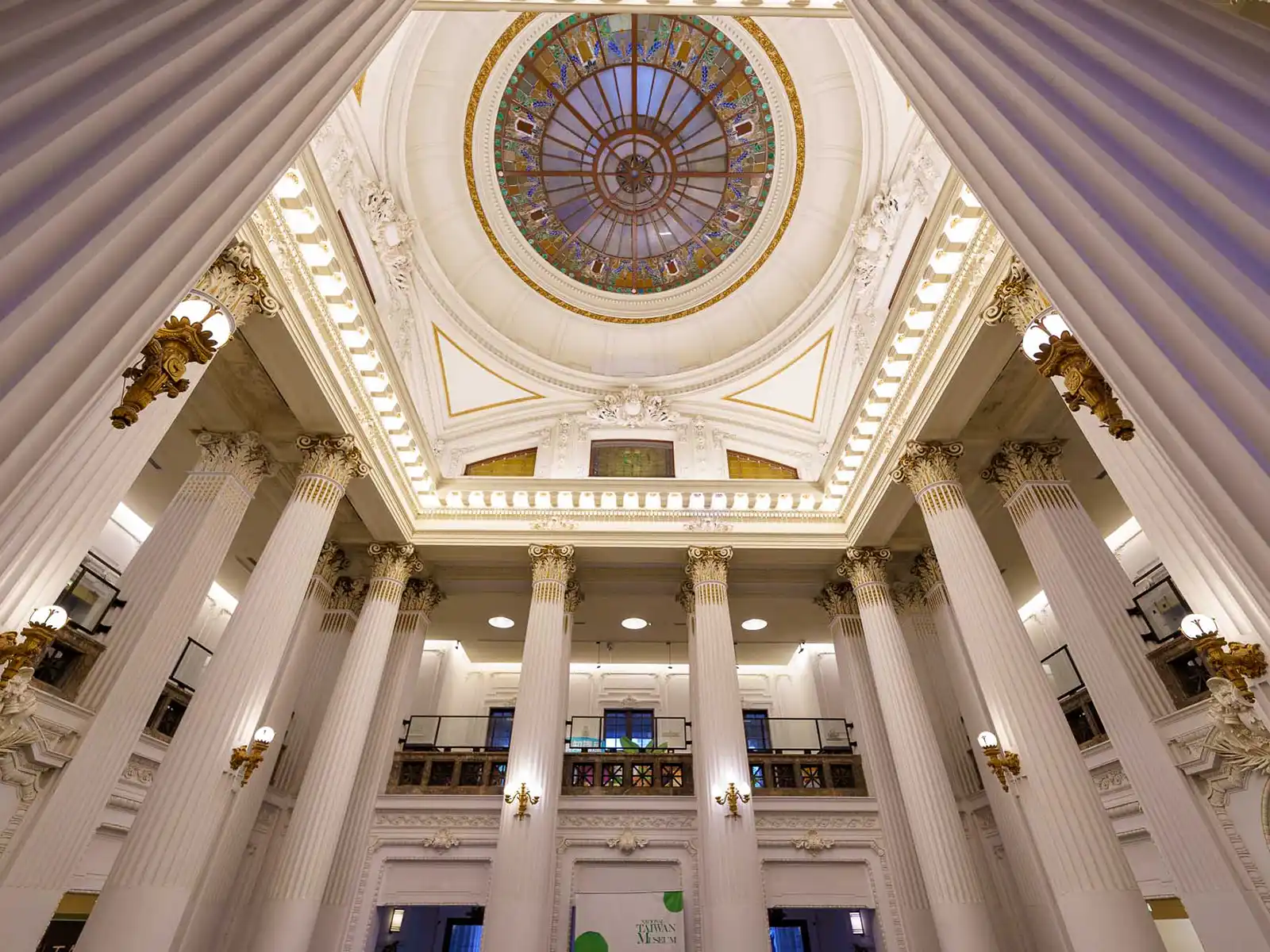
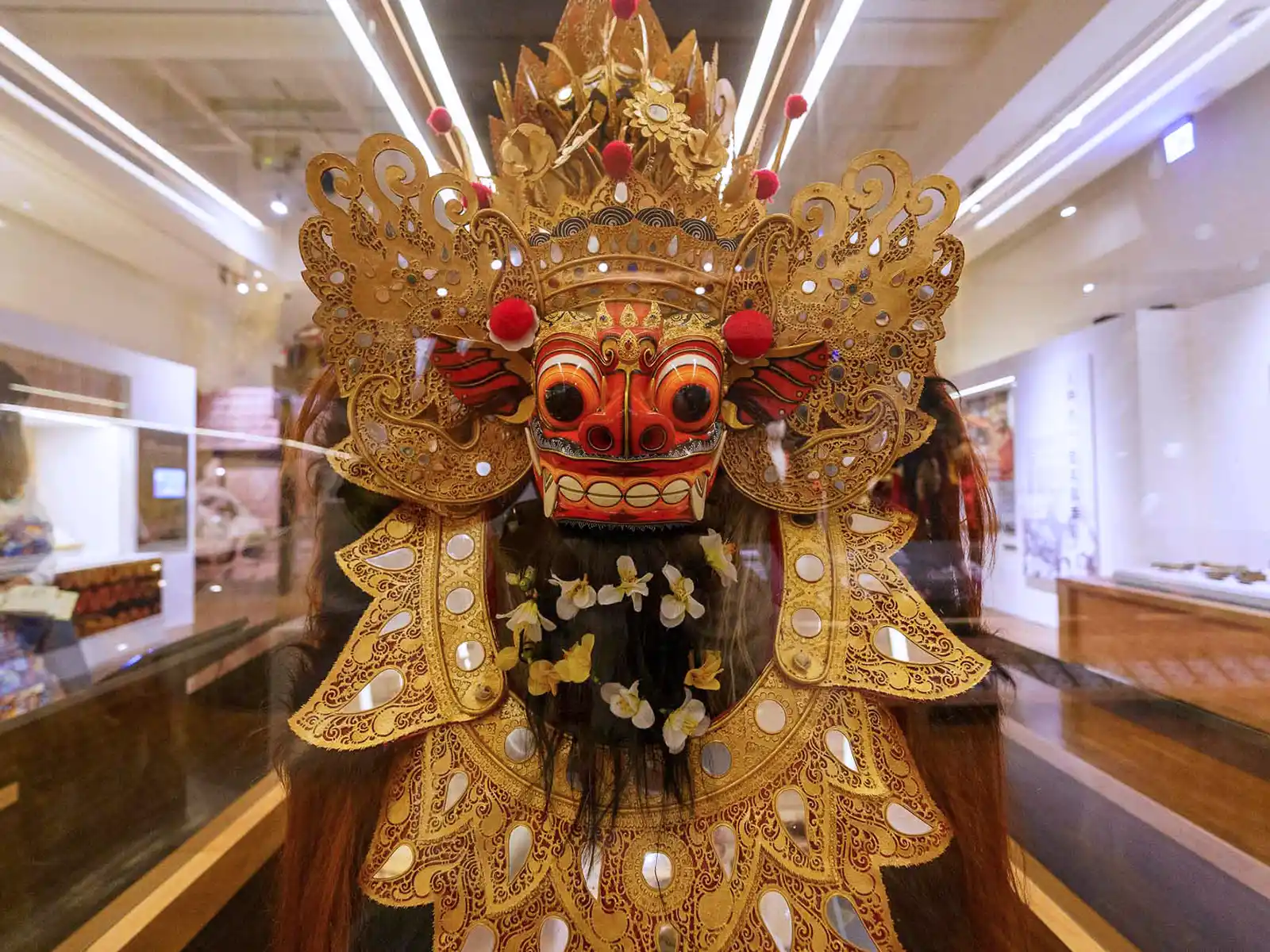
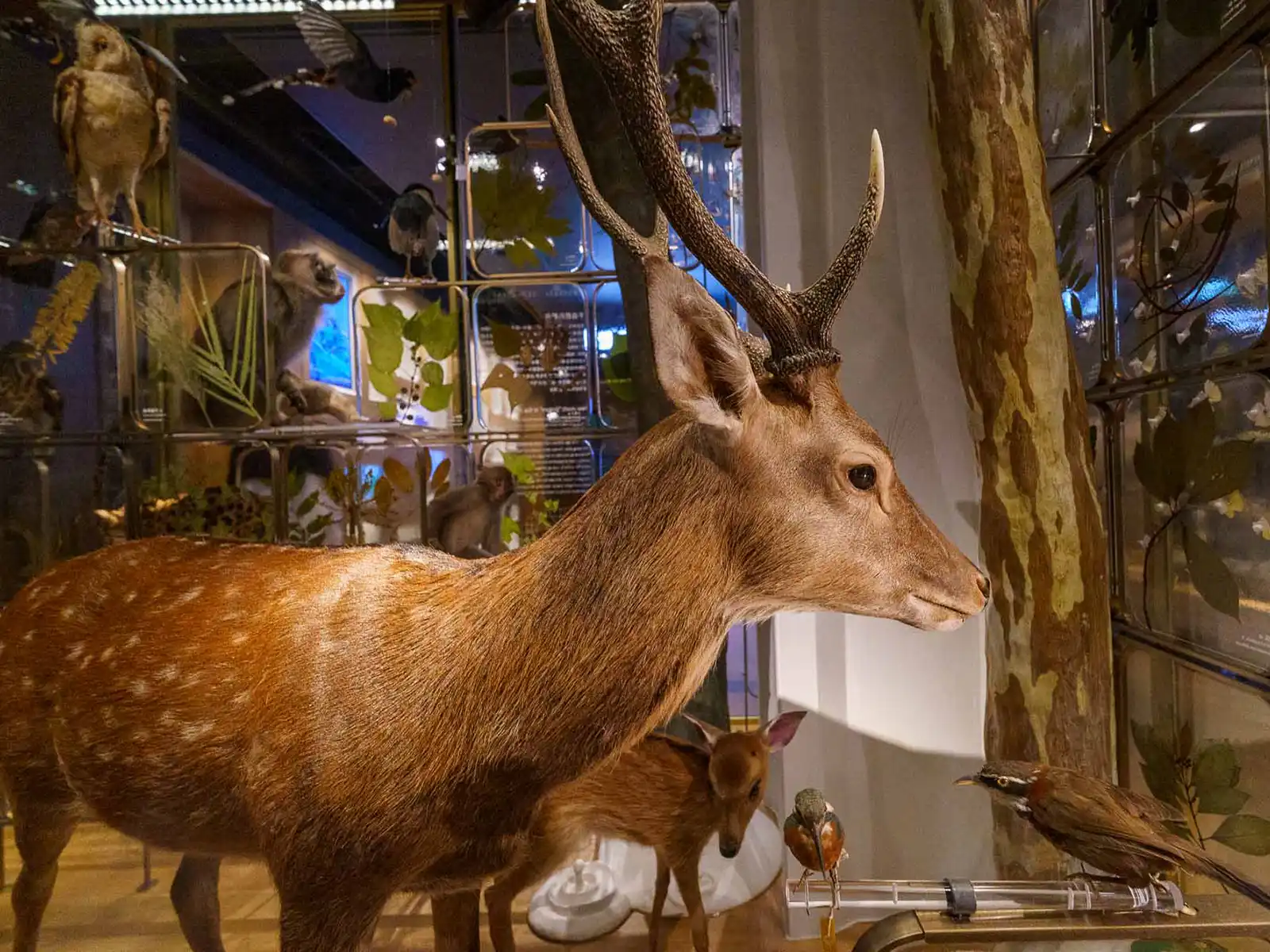
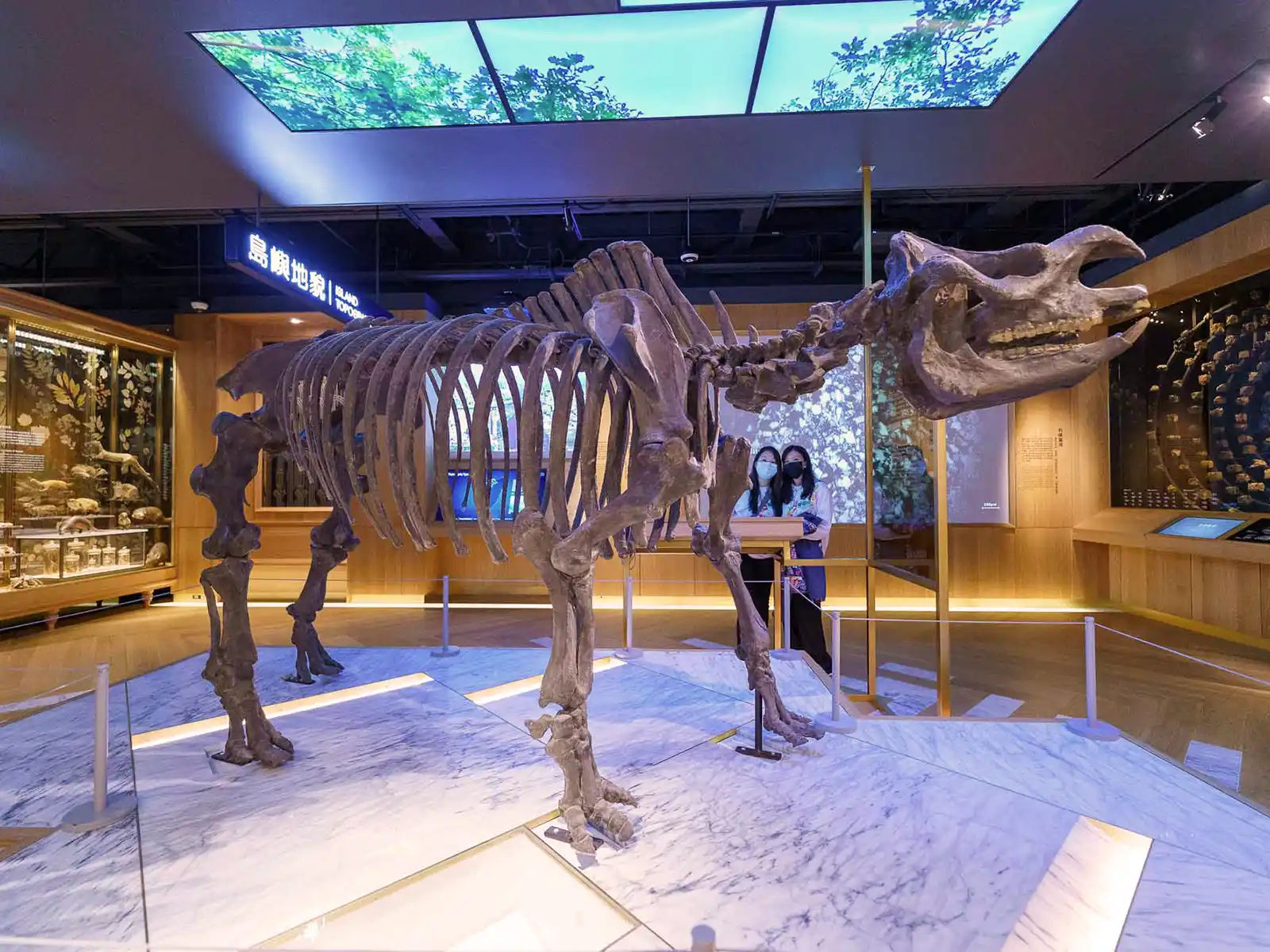
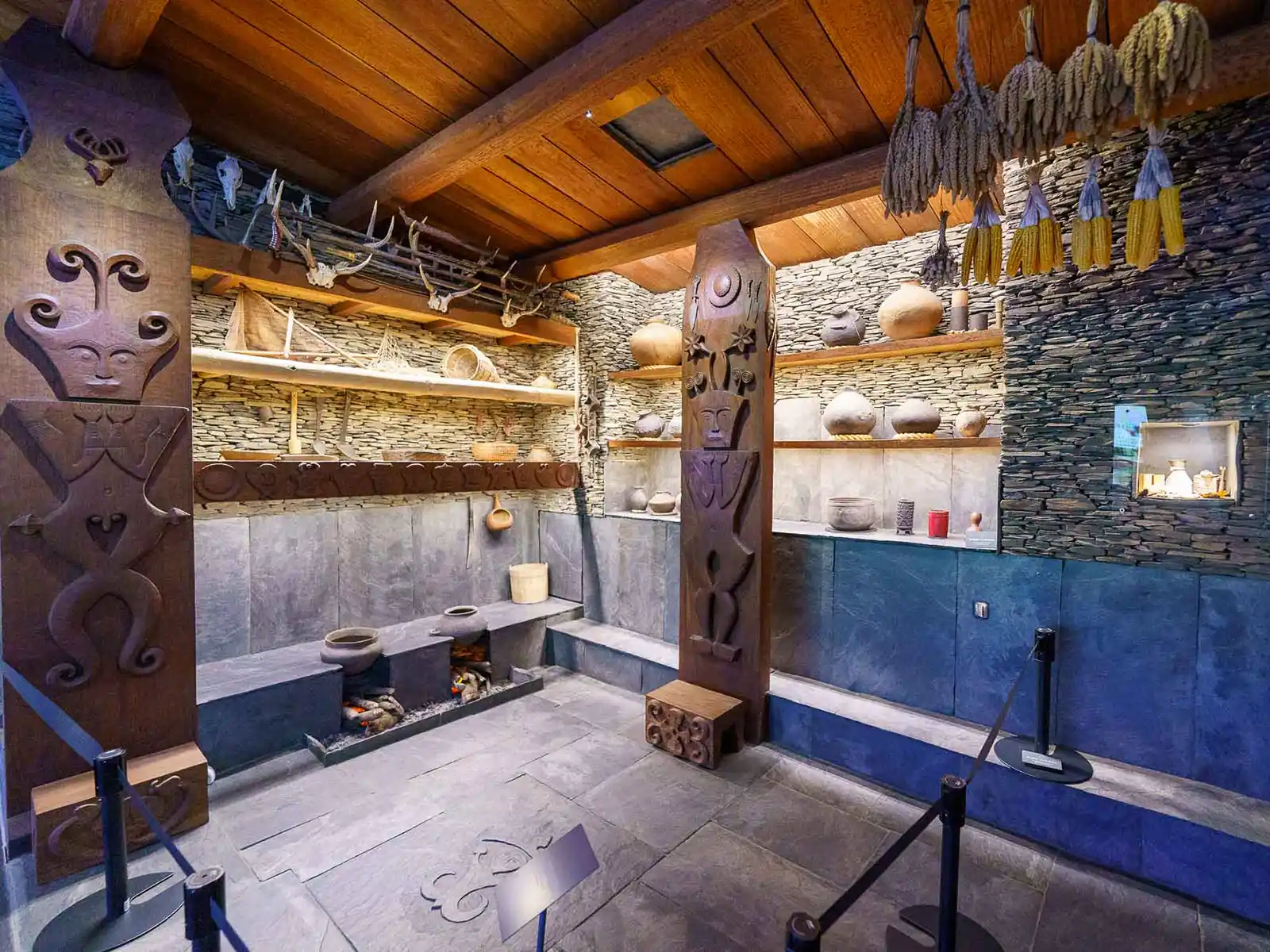
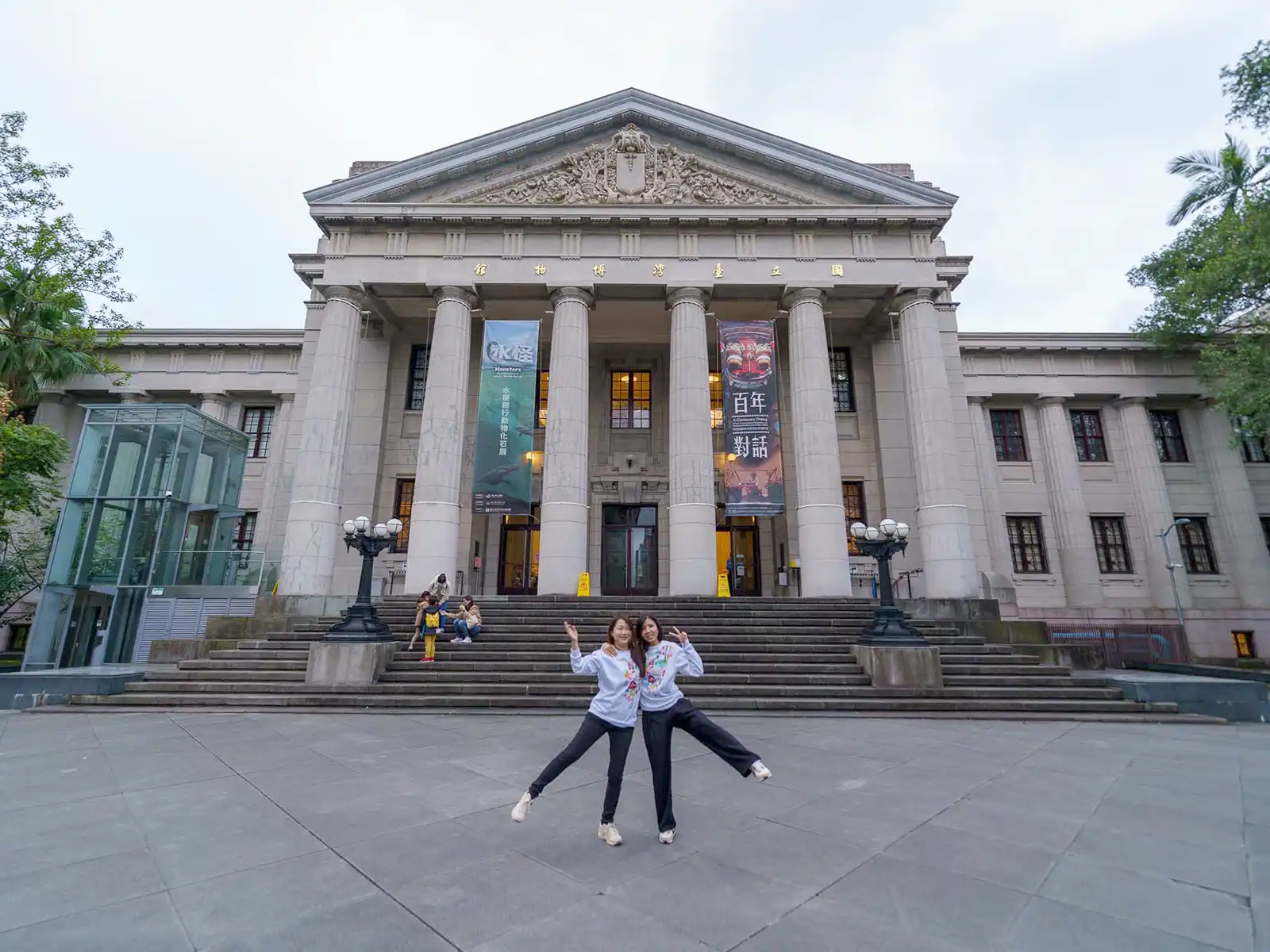
The National Taiwan Museum holds the distinction of being Taiwan’s oldest museum and has been designated as a National Historic Site.
Situated at 228 Peace Park in Central Taipei, the museum is conveniently located within walking distance of Taipei Main Station.
Constructed by the Japanese over a century ago, the museum has withstood the challenges of war and changes in government. It stands as the sole surviving museum from the Japanese colonial era still operating on its original site.
The museum offers a wide range of exhibits, including child-friendly displays and permanent exhibitions dedicated to Taiwan’s prehistory, natural history, and indigenous culture. Notably, it is home to the largest anthropological collection in Taiwan.
In line with its mission to promote Taiwan’s biodiversity and cultural diversity, the museum also houses an extensive collection of indigenous animals and plants, along with cultural artifacts, including captivating fossil displays.
For more information visit the National Taiwan Museum official website.
Museum of Contemporary Art Taipei
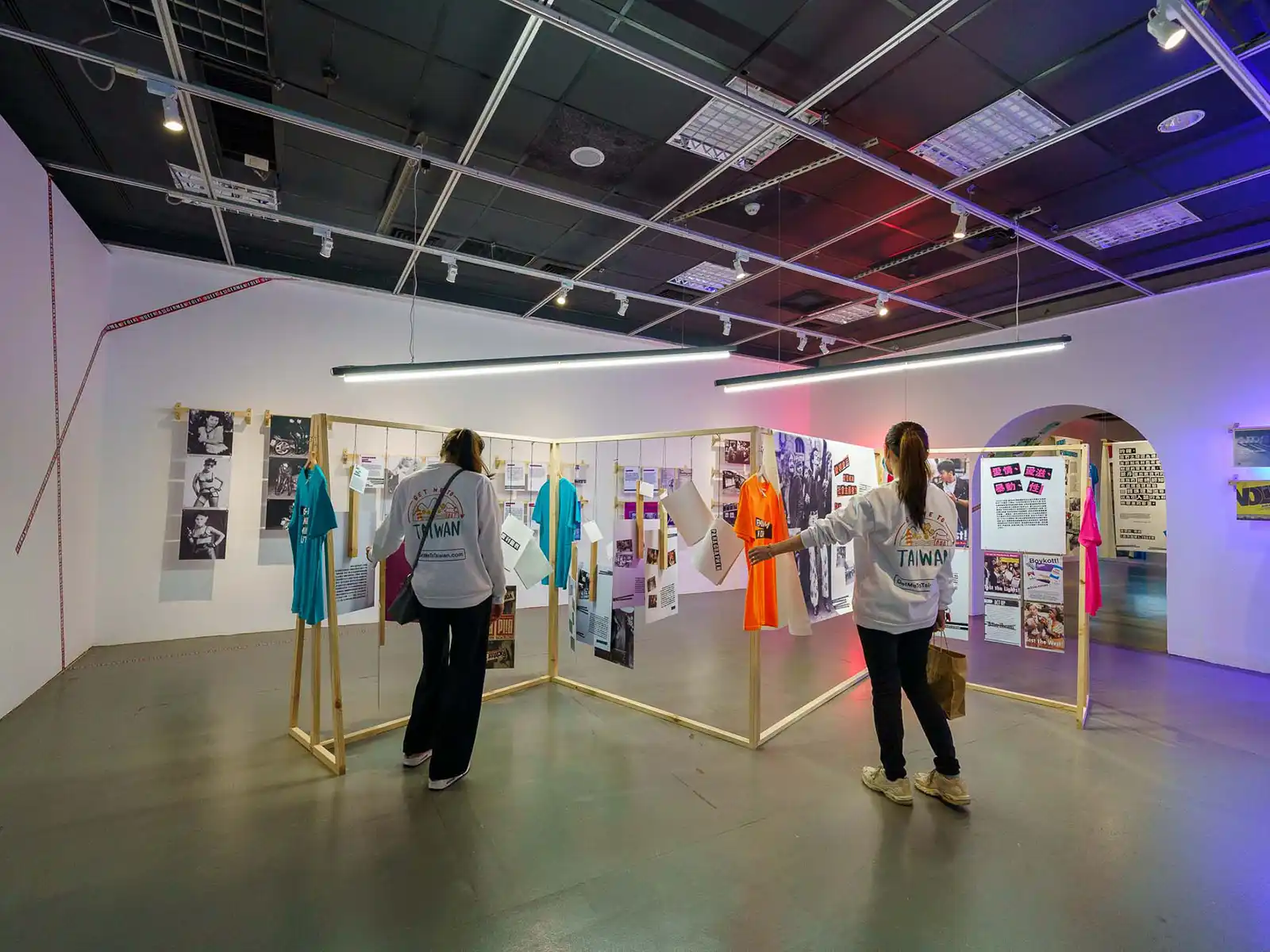
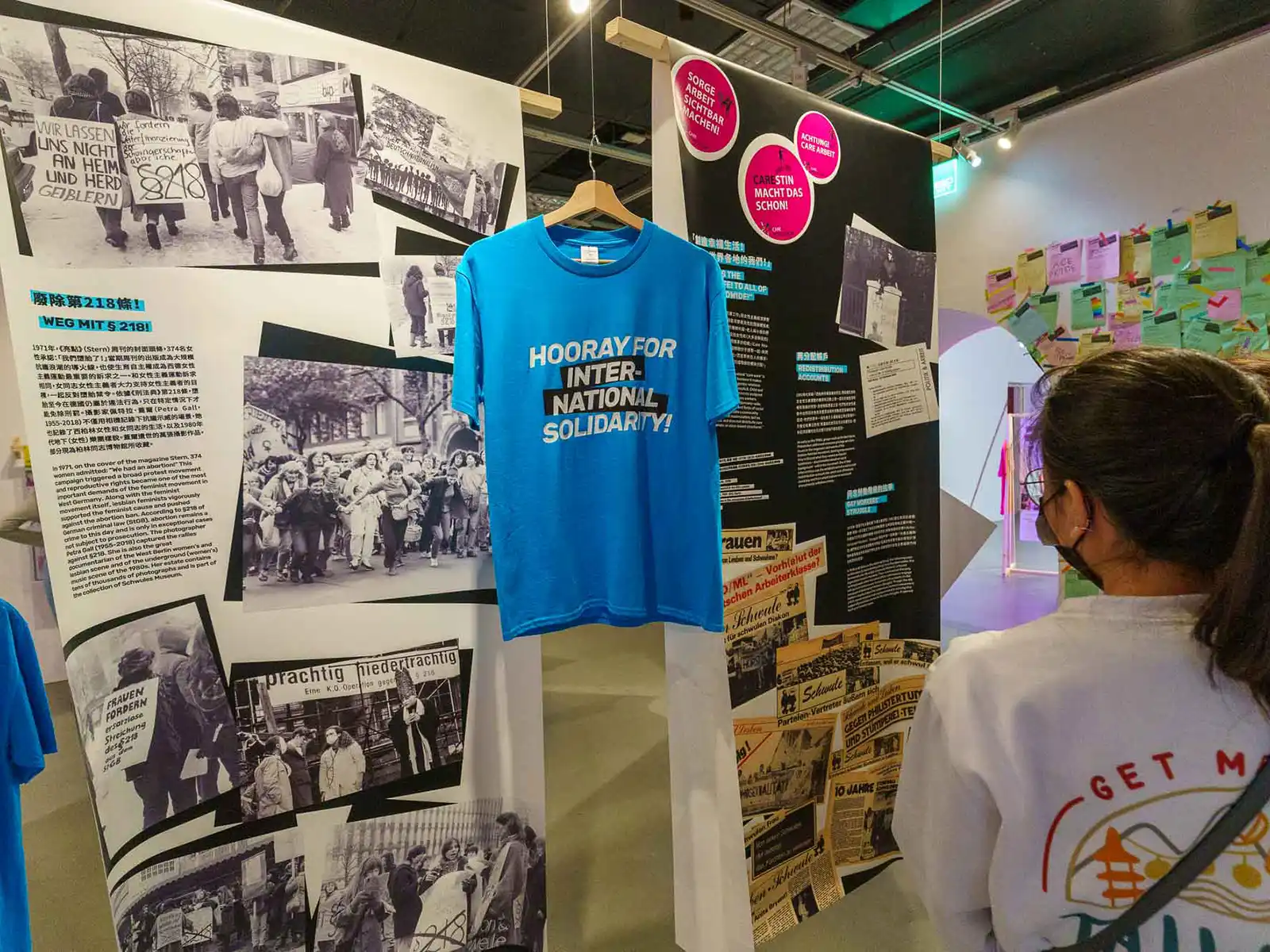
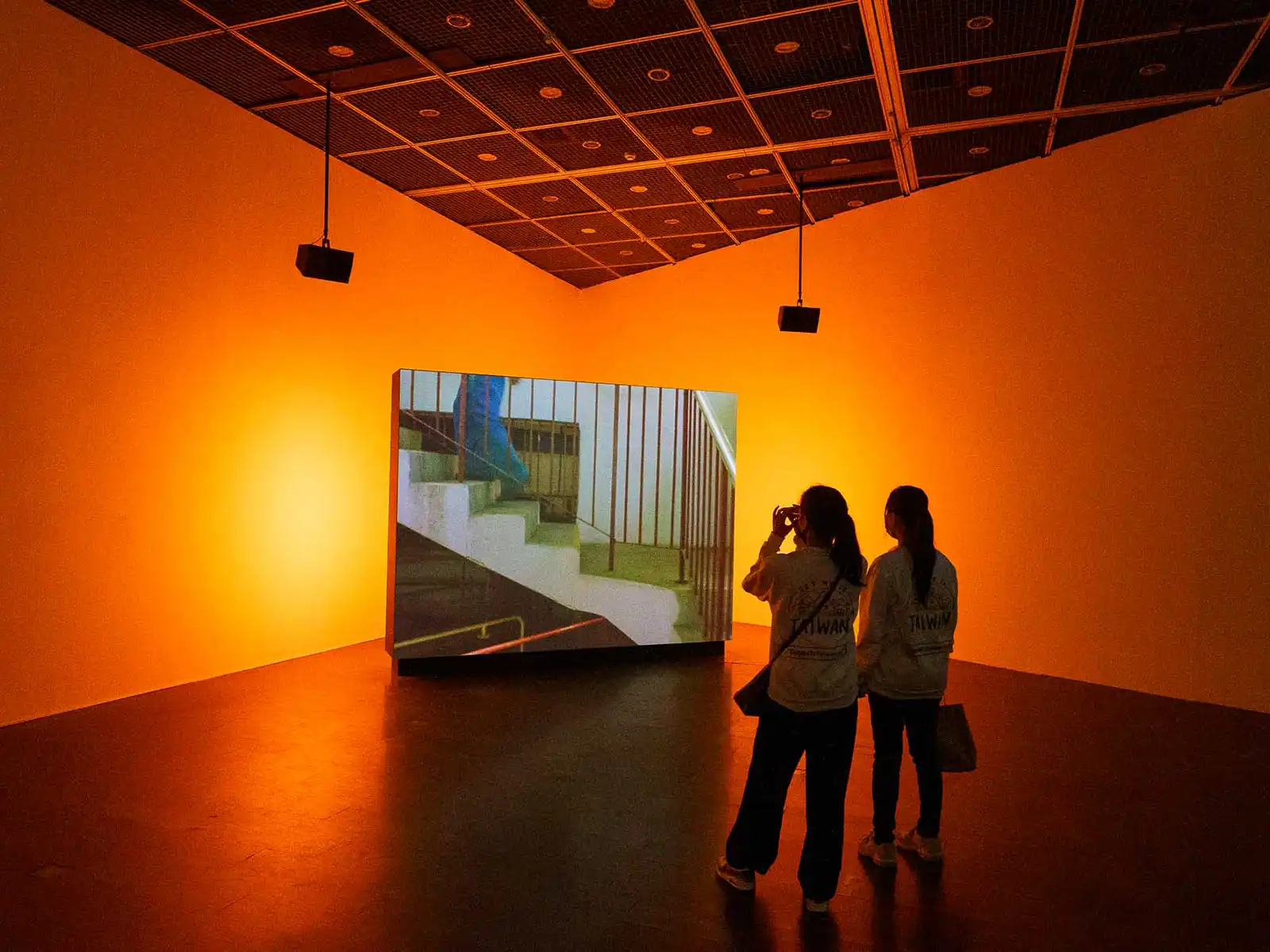
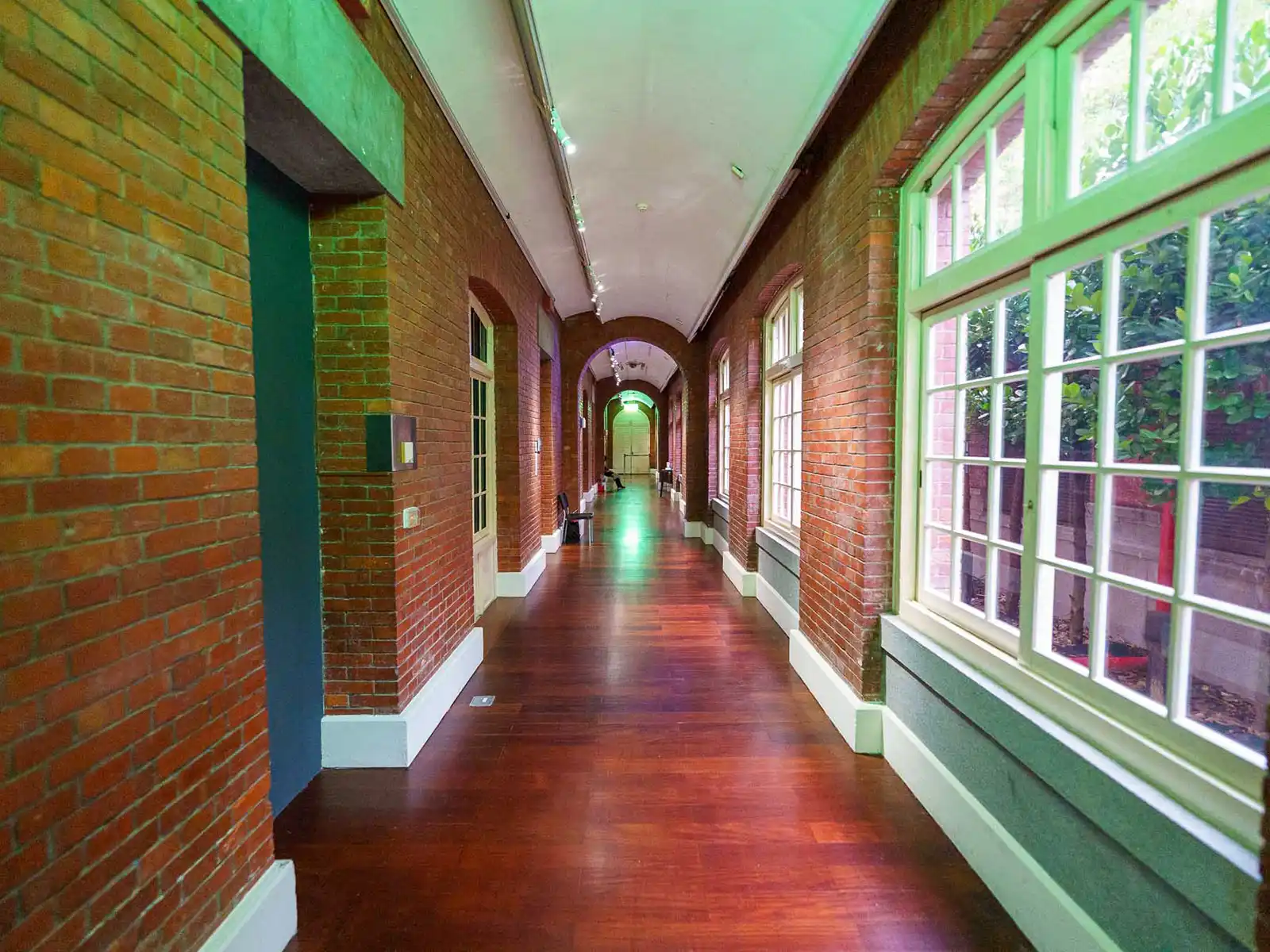
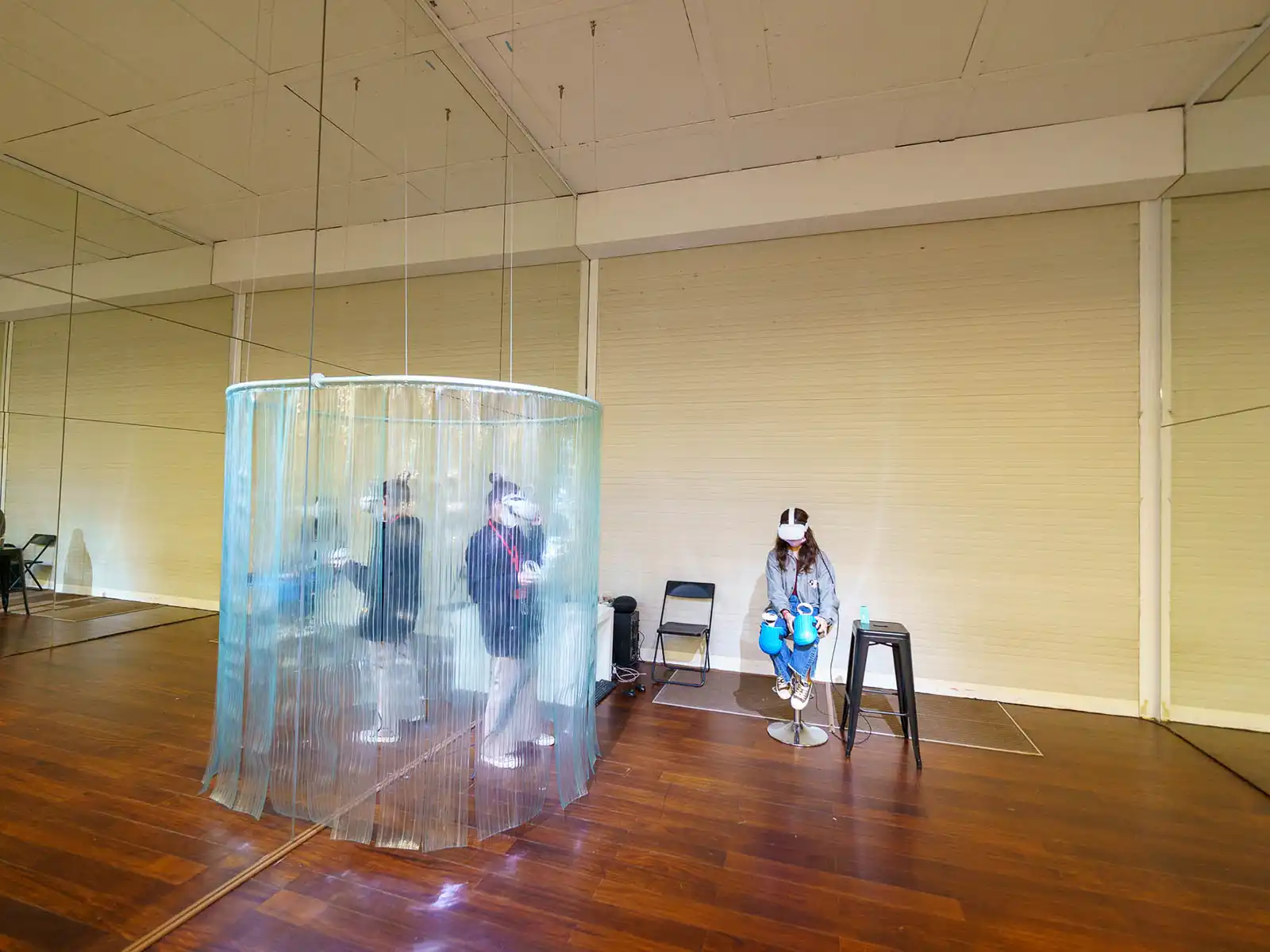
The Museum of Contemporary Art Taipei is housed within a historic building that originally functioned as a school during the Japanese colonial era building and later functioned as Taipei City Hall from 1945 to 1993.
The exterior and interior of the building have undergone renovations that preserve their historic charm while accommodating displays of both local and global contemporary art, as well as aspects of Taiwan’s cultural history. The exhibitions feature diverse forms of media, including photography, video installations, architecture and graphic design. Notably, the museum recently hosted the first stop on the global tour of Banksy’s artwork titled “Love Is In The Bin.”
Conveniently located within walking distance of the Zhongshan MRT Station in Central Taipei, the museum offers themed tours, guided tours, and audio guides. It is also wheelchair accessible, ensuring that all visitors can enjoy the offerings.
For more information, including details on upcoming events and current exhibitions, please visit the MOCA Taipei official website.
Grand Hotel Taipei
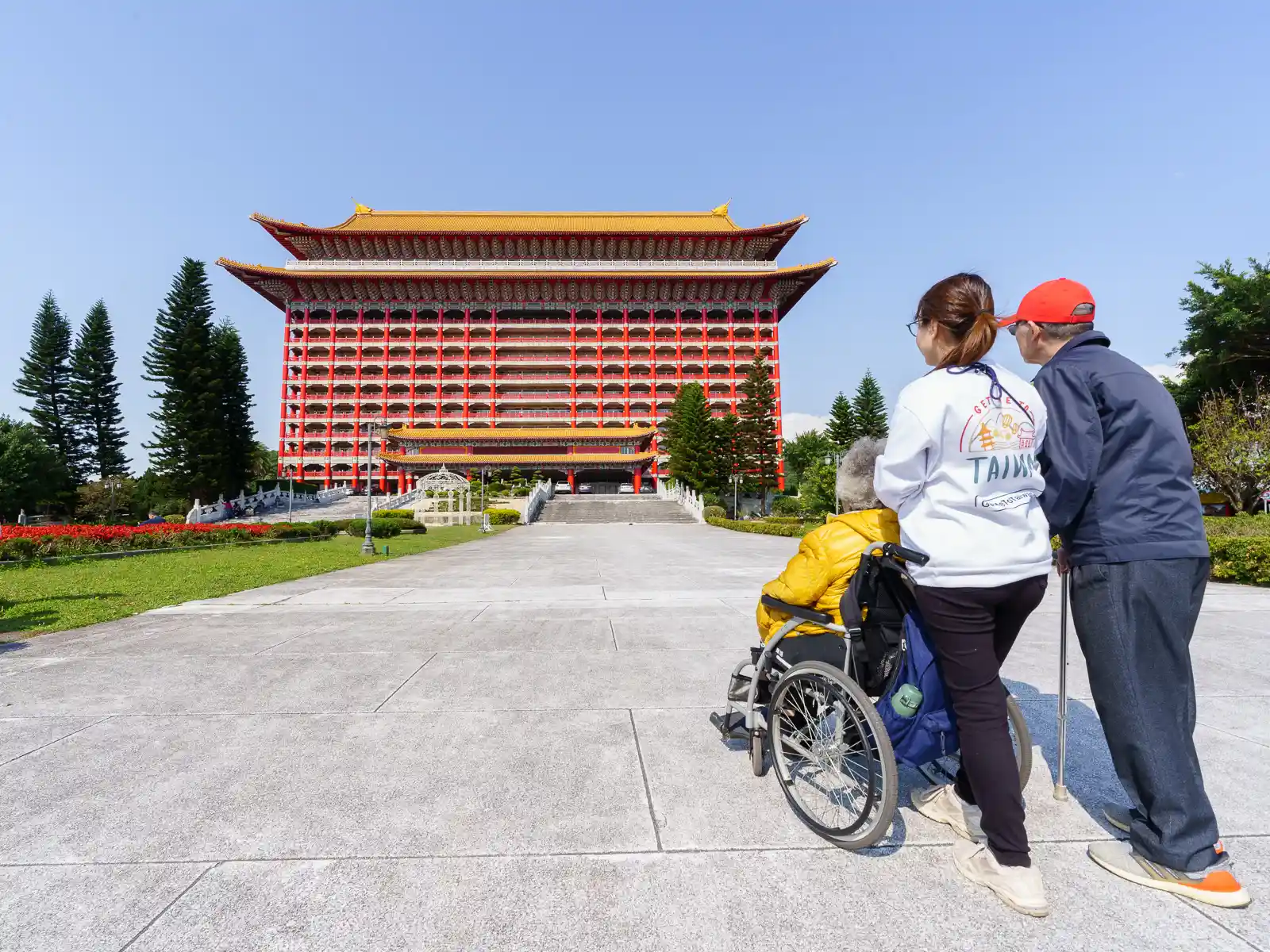
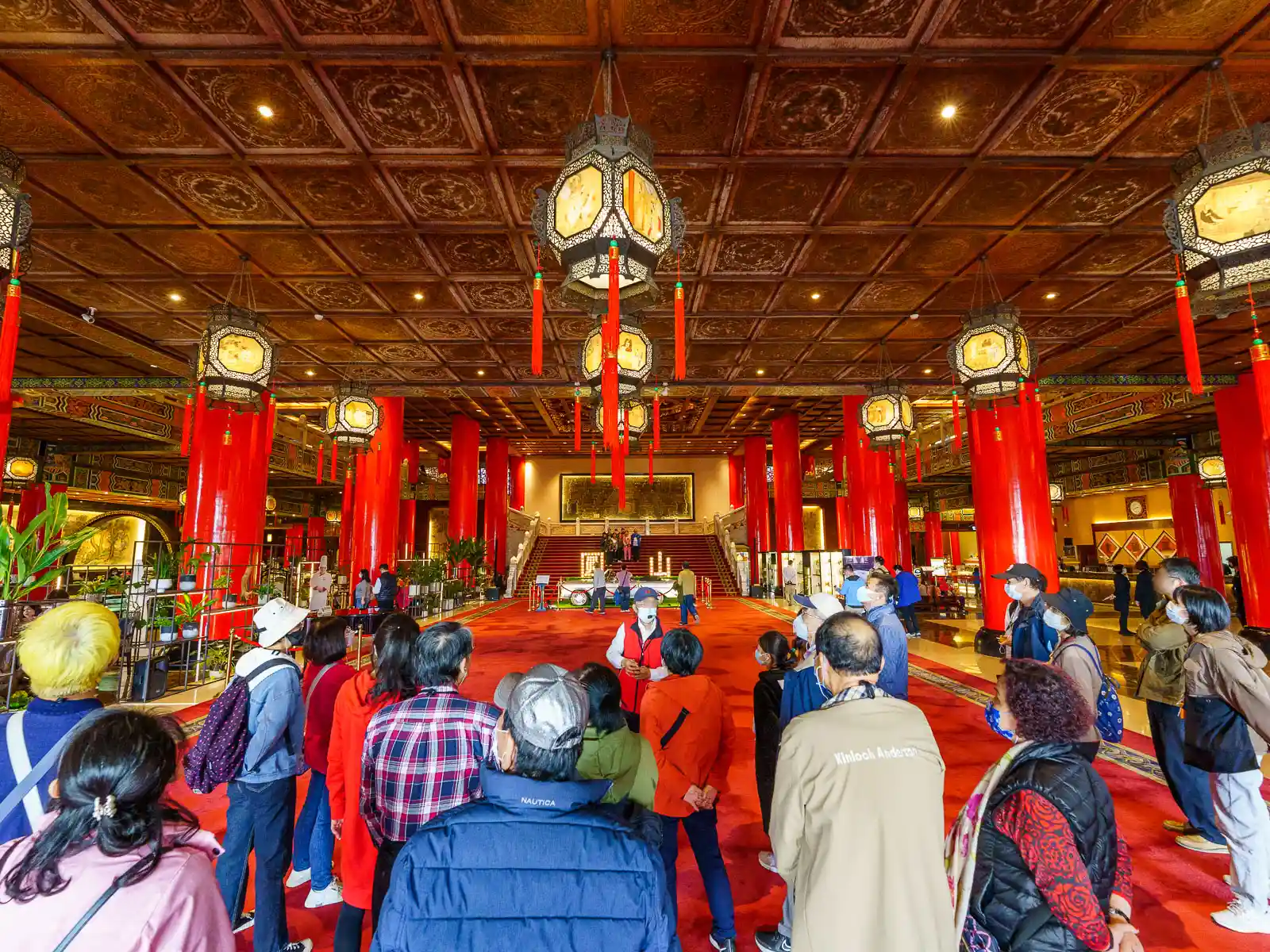


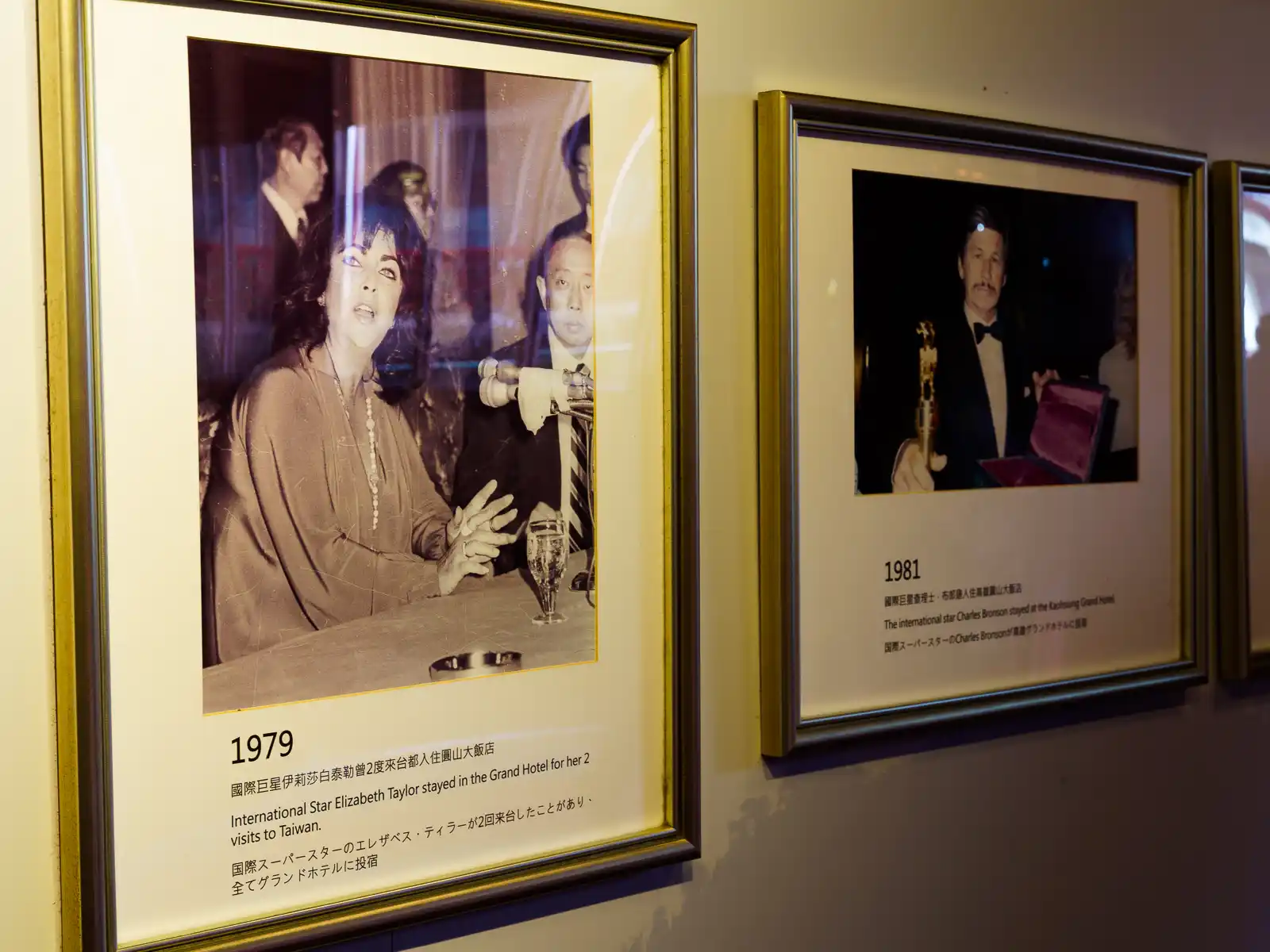
The Grand Hotel Taipei is a luxurious 14-story five-star hotel adorned in the classical Chinese style, featuring striking vermillion columns and yellow roof tiles. Notably, it remains one of the world’s tallest Chinese classical buildings.
The hotel’s eye-catching design and its prominent location at the base of Yangmingshan make it easily recognizable when traveling from Taoyuan Airport to Taipei.
Constructed in 1952 under the directives of then-president Chiang Kai-shek, the hotel was intended to accommodate foreign dignitaries during their visits to Taiwan. Over the years, the hotel expanded both in size and reputation. In 1968, US Fortune magazine rated it among the top ten hotels in the world.
With a total of 500 guest rooms, four Western and Chinese gourmet restaurants, and several spacious banquet halls, the hotel offers a magnificent view of Taipei City. Its interior is adorned with Chinese art, paintings, and intricately crafted carvings, adding to its overall charm and elegance.
The Grand Hotel also features a secret tunnel that was once prepared as an evacuation route. The tunnel has a series of features designed to aid in escape, including a twisting design, noise-dampening cement walls and explosion-proof lights. Guided tours are available but are conducted in Chinese. We recommend visiting as part of a private tour.
For more information, visit the Grand Hotel Taipei official website.
Did You Know: Over the decades, the hotel’s distinguished guest list has included figures like US President Dwight D. Eisenhower, King Faisal of Saudi Arabia, and Singaporean Prime Minister Lee Kuan Yew, among others.
Songshan Cultural and Creative Park
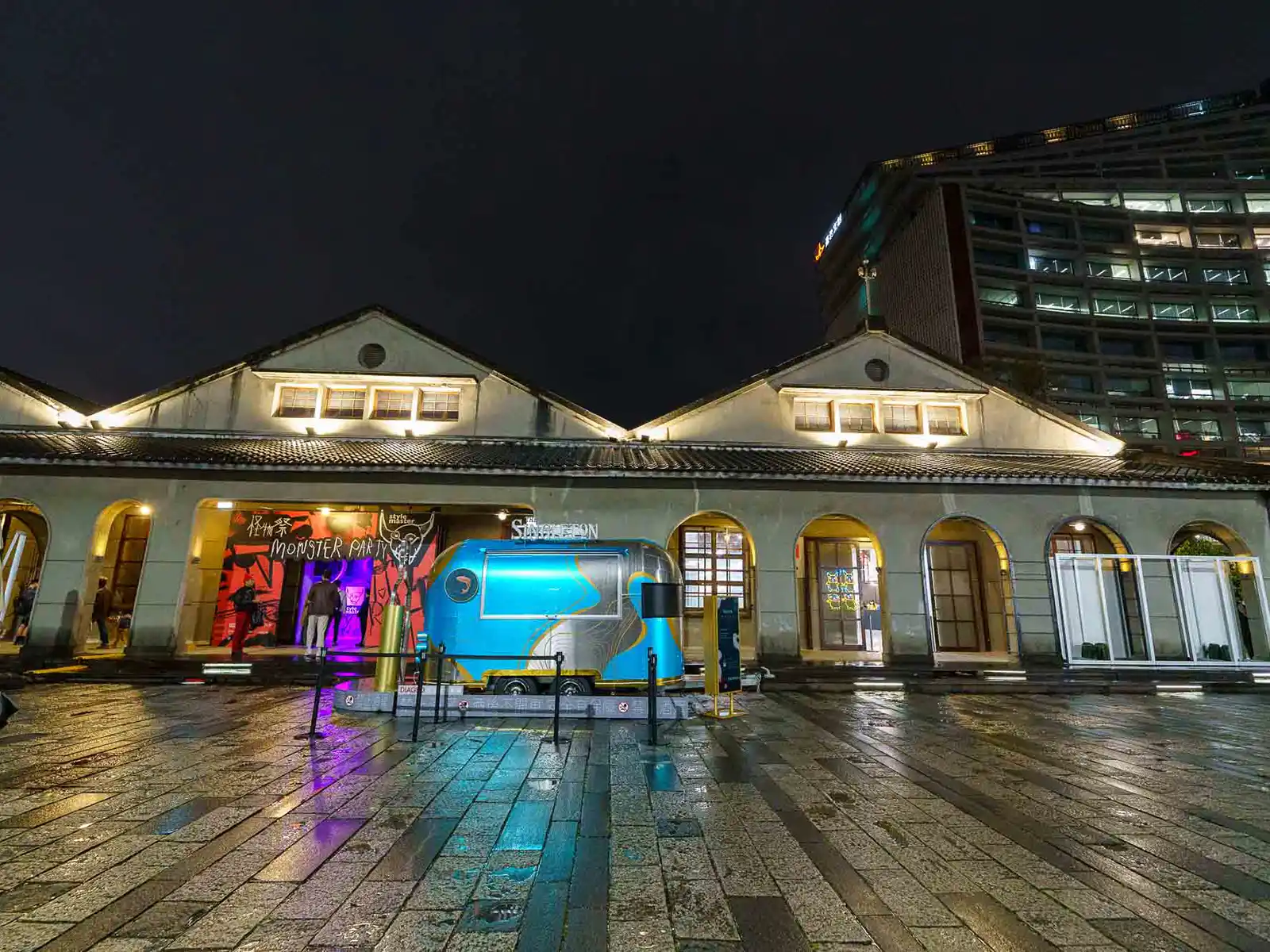
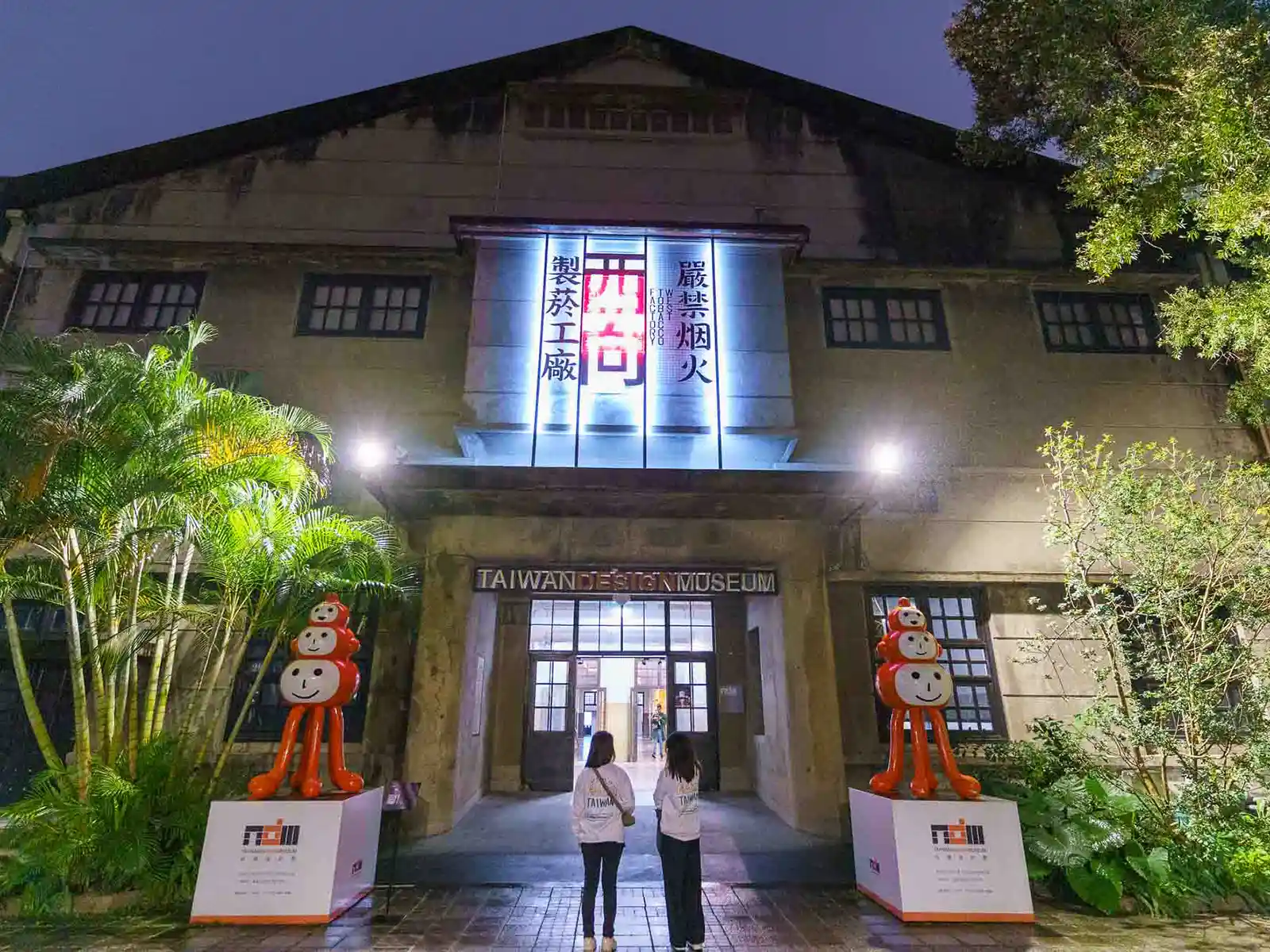
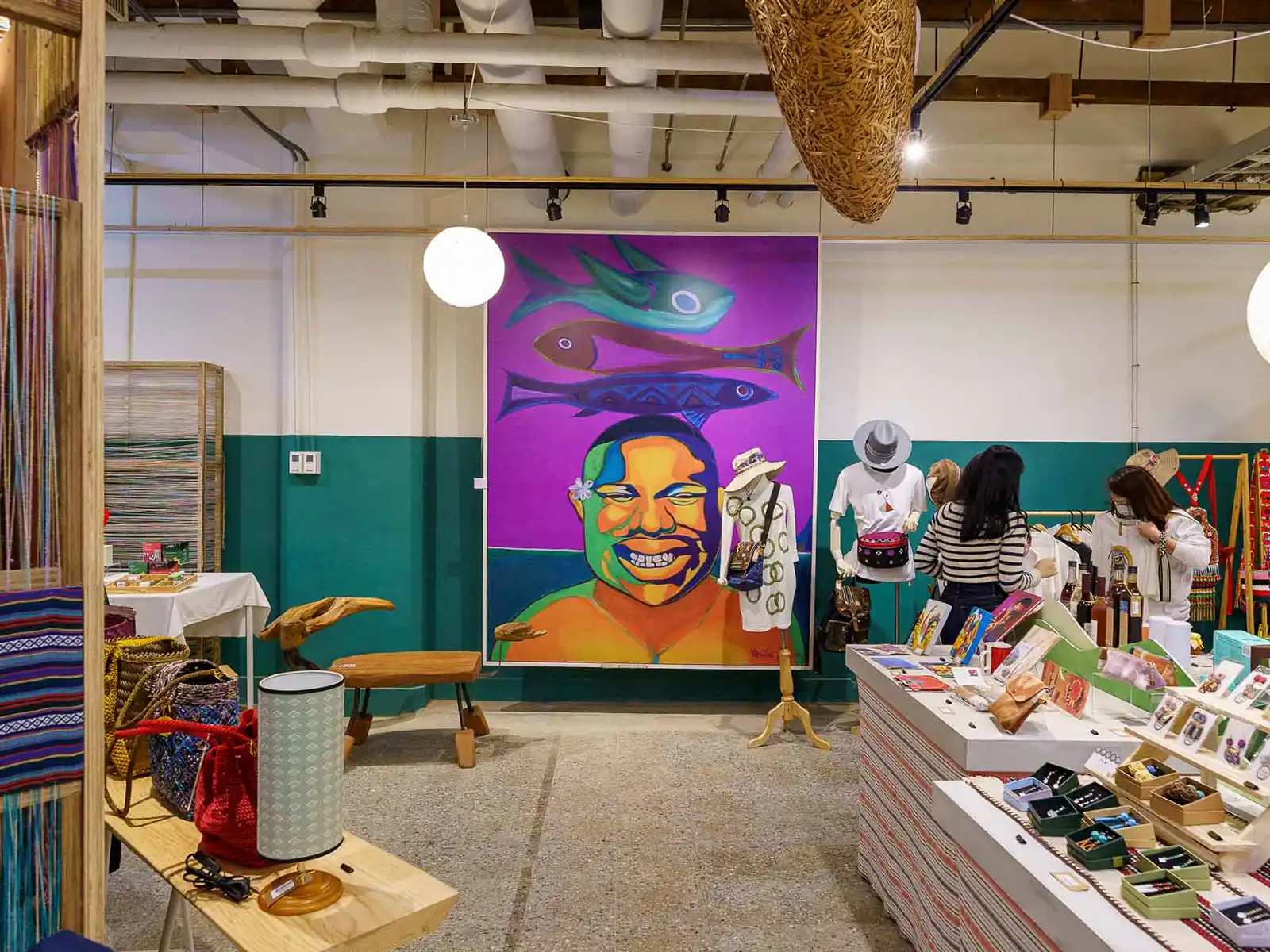
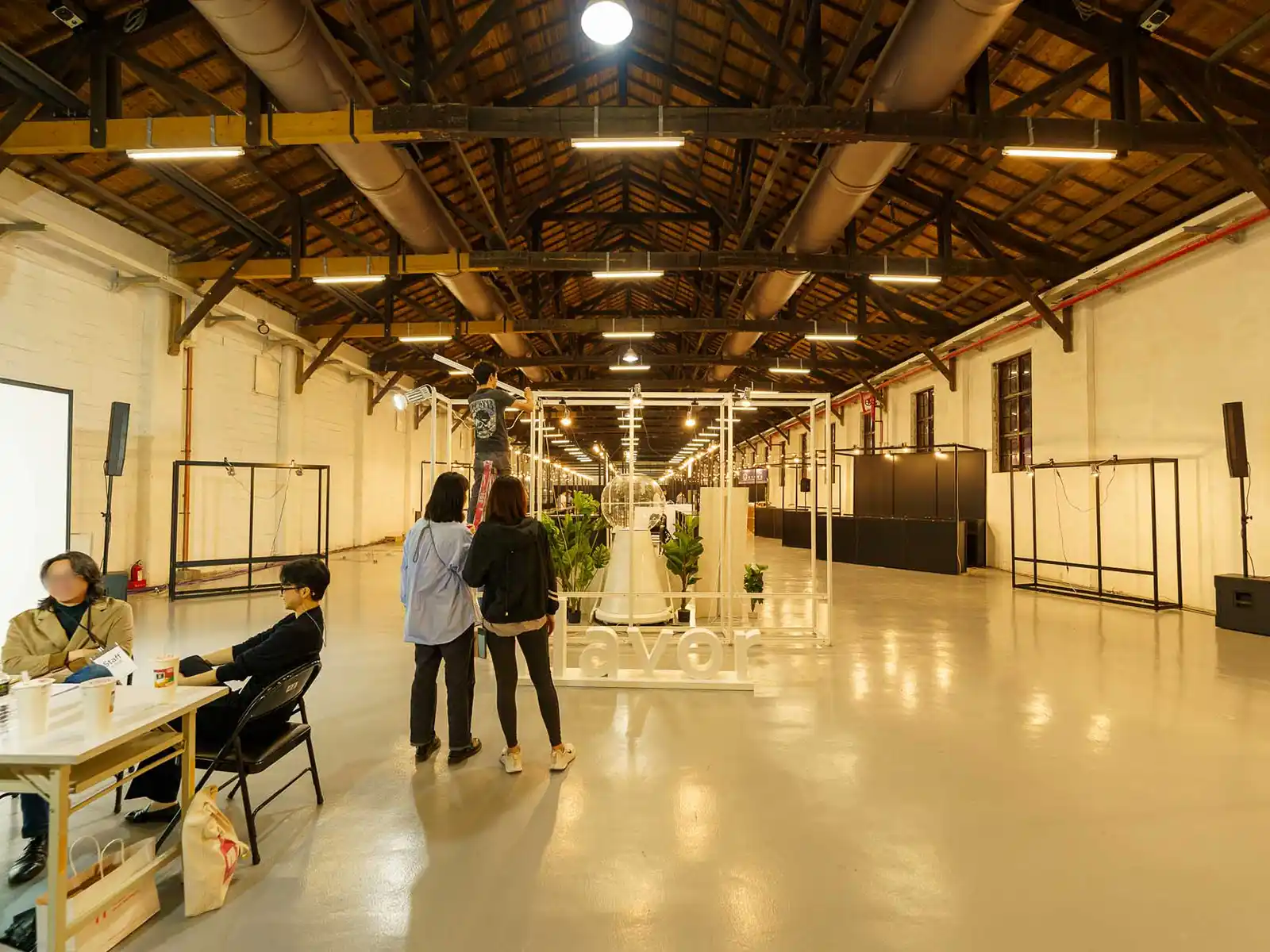
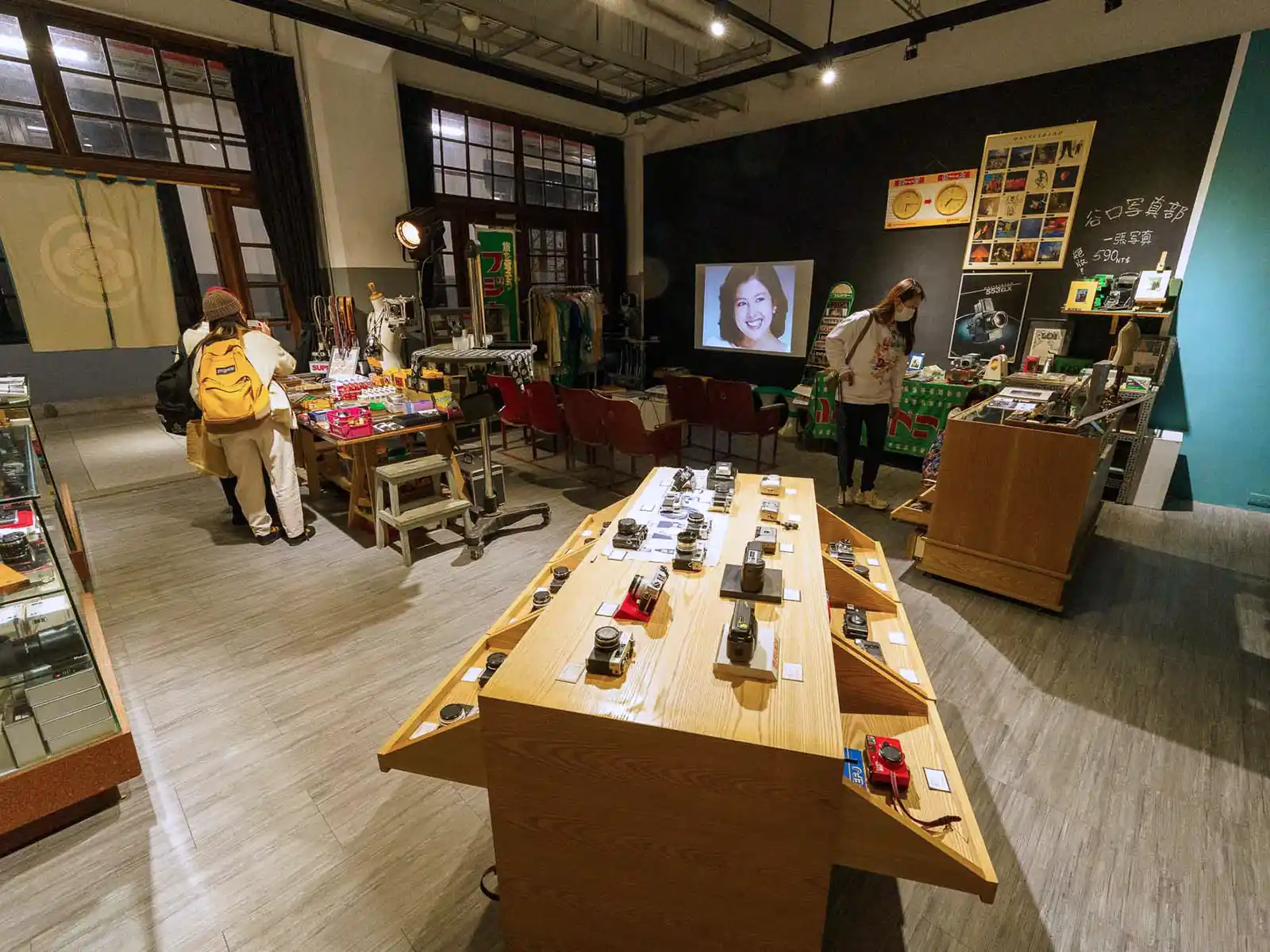
Songshan Creative and Cultural Park is a dynamic cultural and design center housed within a former tobacco factory. A combination of modern newly-erected exhibition spaces and renovated historic warehouses left over from the Matsuyama Tobacco Plant (later known as the Songshan Tobacco Plant), the park now serves as a thriving cultural and creative center.
The park is home to fashion boutiques, design brands, galleries, workshops, a movie theater, exhibition spaces, and the Taiwan Design Museum. The park’s outdoor areas also play host to large-scale events such as the Taipei Fringe Festival.
With dedication to premium Taiwanese products, Songshan Creative and Cultural Park ranks as the second most intriguing destination for gaining insight into Taiwanese design aesthetics and local trends in fashion, art, and performance.
For more information, including details on upcoming events and current exhibitions, visit the Songshan Cultural Park official website.
Huashan 1914 Creative Park
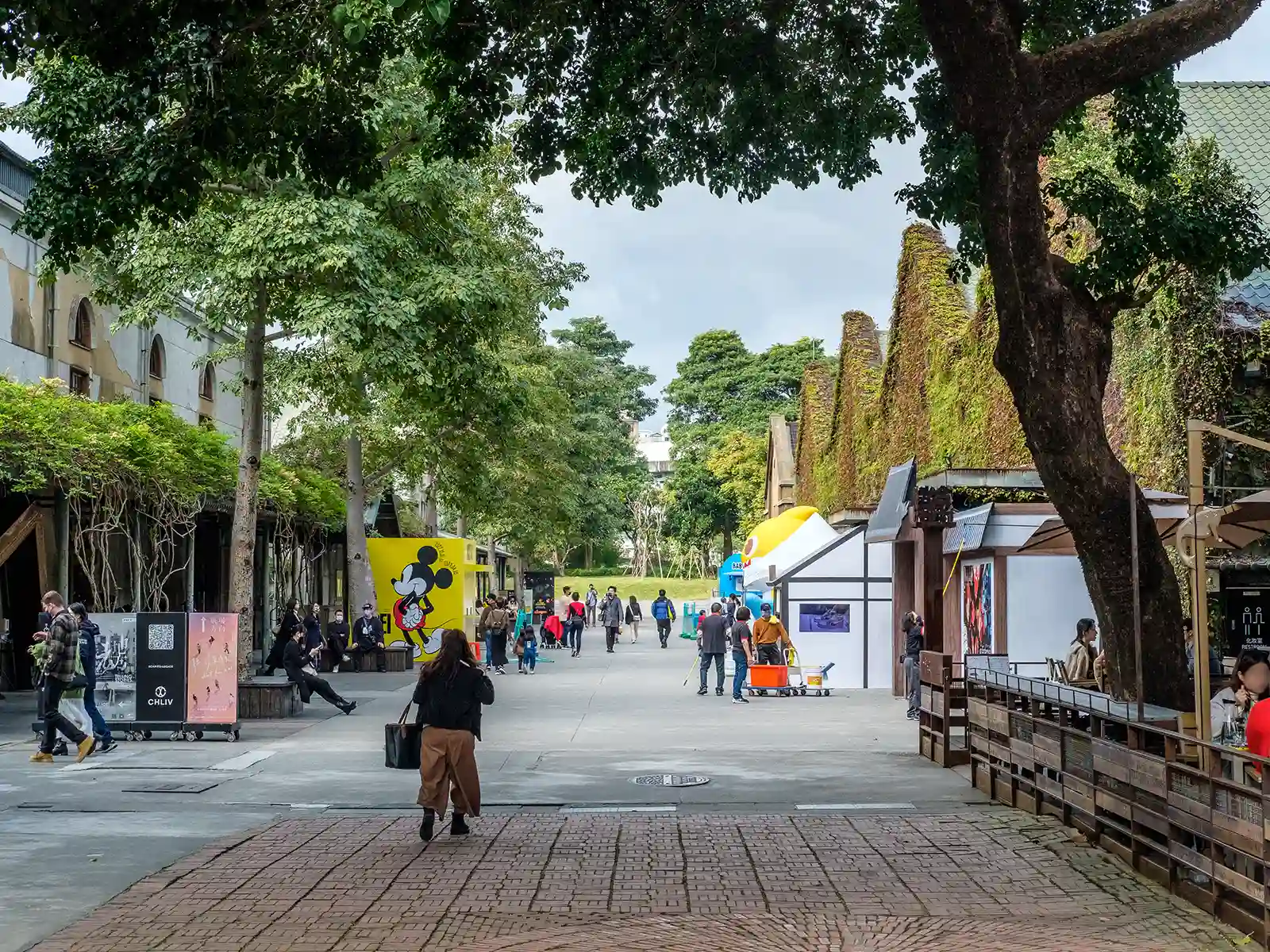
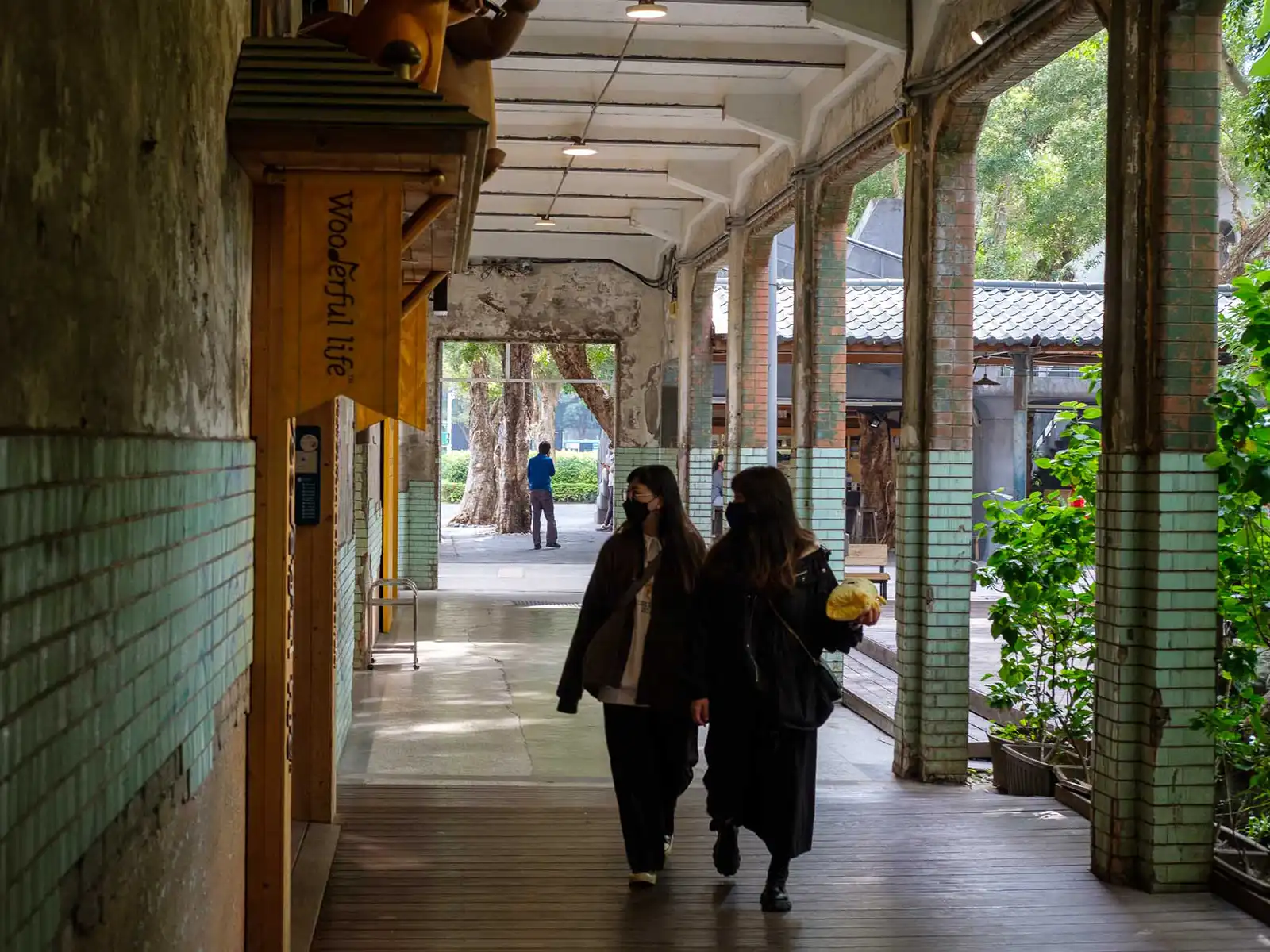
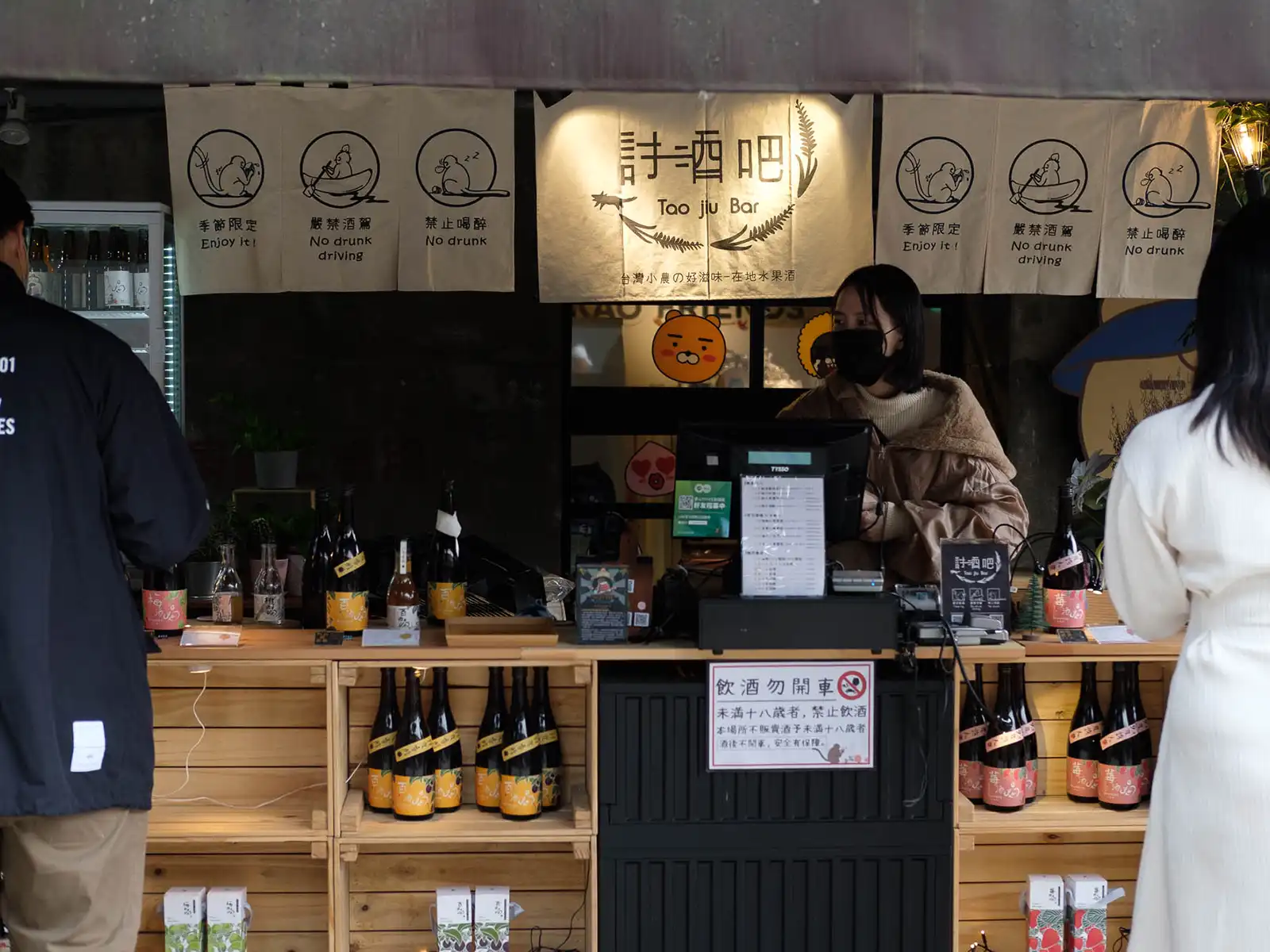
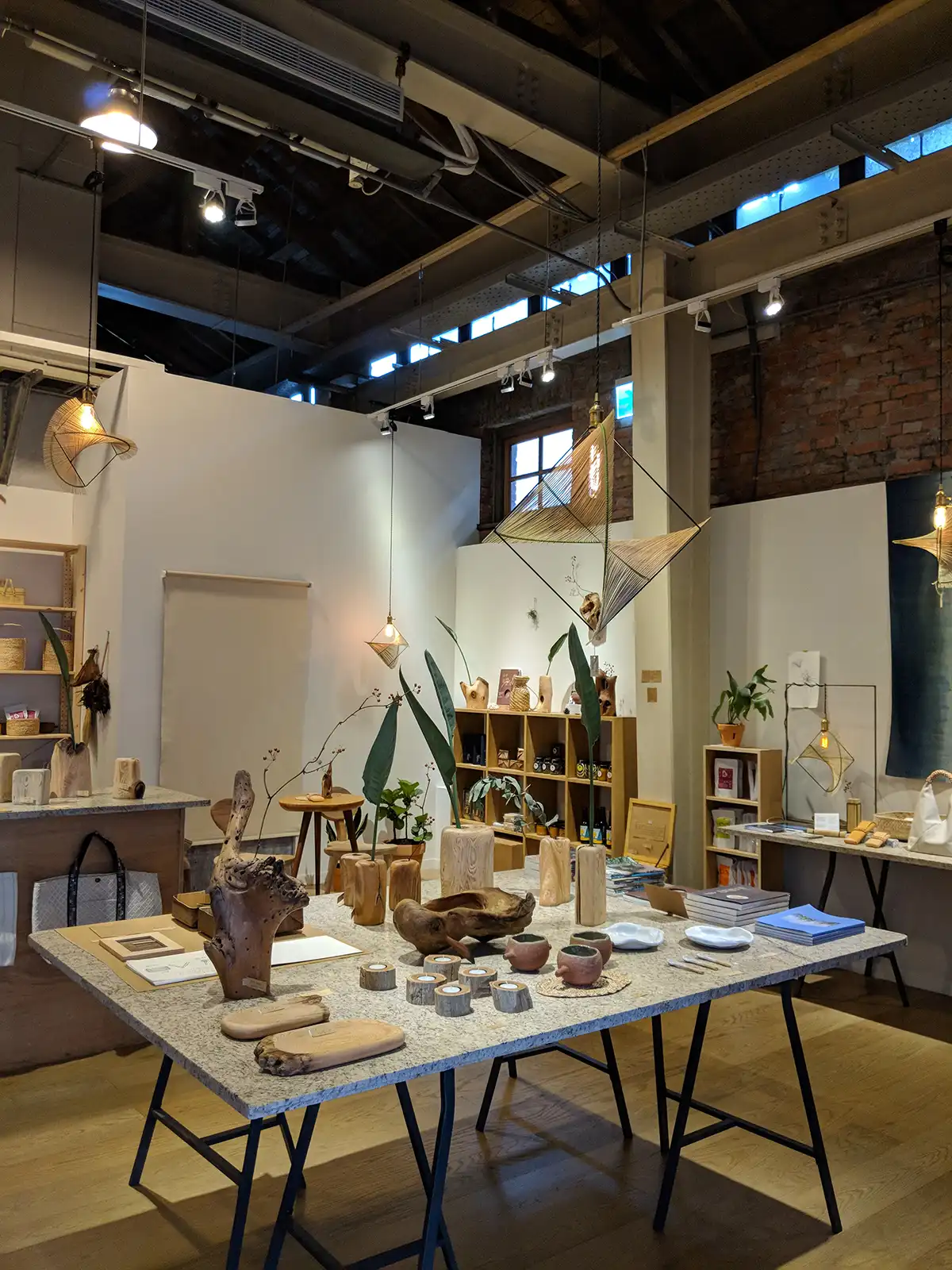
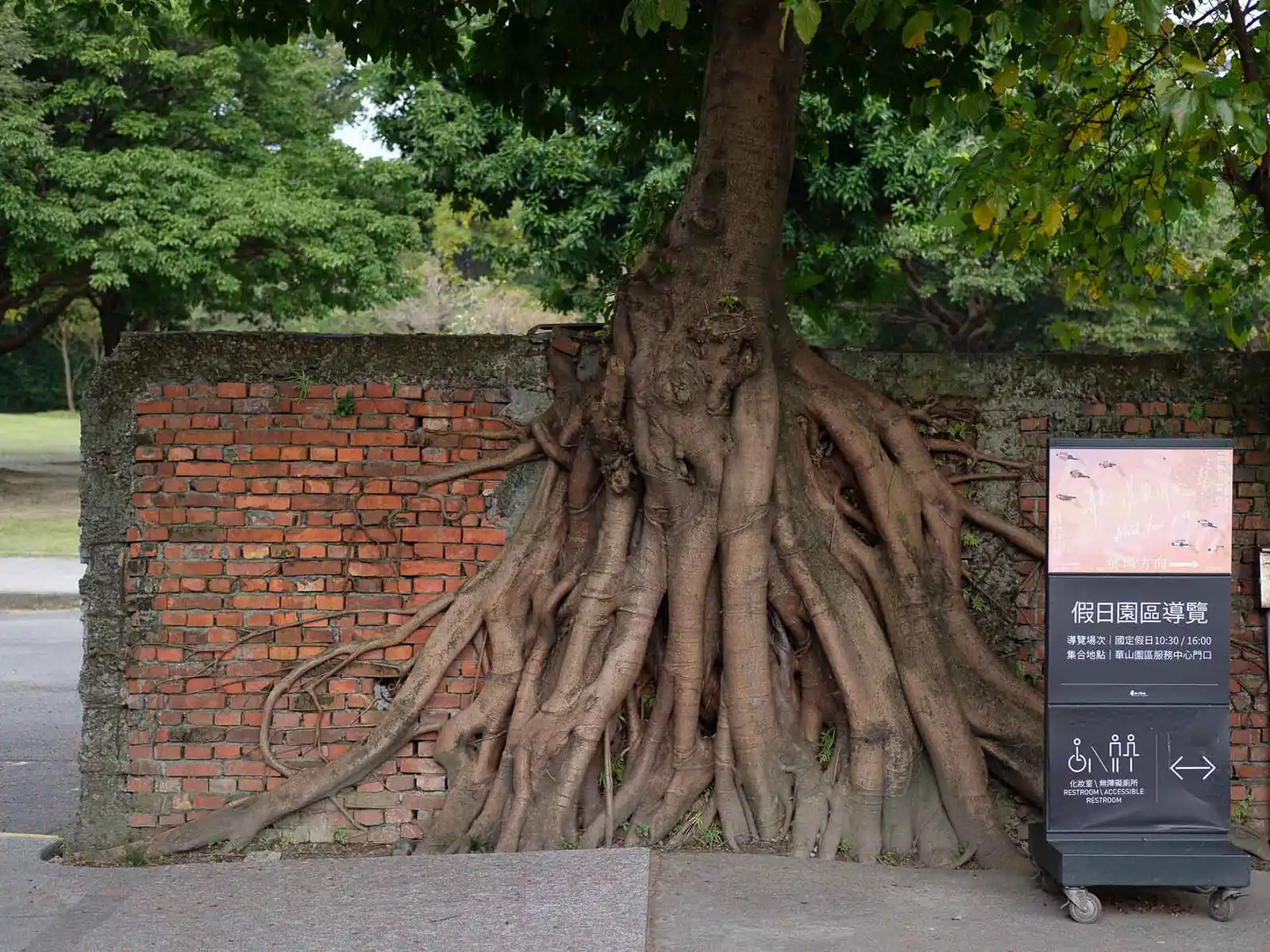
Huashan 1914 is a multi-purpose park with a live house, bars, restaurants, creative industries stores, and exhibition spaces. The warehouses it now occupies were originally the location of the Taihoku Winery which began operating in 1914.
In 1987, the winery ceased operations at this location, and the buildings faced impending demolition. However, before this could occur, a theater group took the initiative to use the premises for a production in 1997. Although they were initially charged with forcible entry onto state property, the overwhelmingly positive response from the artistic community eventually led to the establishment of the Huashan 1914 Creative Park by the Council for Cultural Affairs.
Today, the park hosts a wide array of captivating exhibitions, regular musical performances, an arthouse movie theater, and an abundance of shops and restaurants. The outdoor spaces are frequently utilized for pop-up events and weekend markets.
Notable highlights at Huashan 1914 include Chun Shui Tang, one of the early bubble tea shops; Legacy, a renowned local live house and music venue; Zhangmen, a craft brewery; and SPOT Huashan Cinema, Taipei’s premier destination for arthouse film enthusiasts.
For more information, including details on upcoming events and current exhibitions, visit the Huashan 1914 Creative Park official website.
Treasure Hill Artist Village
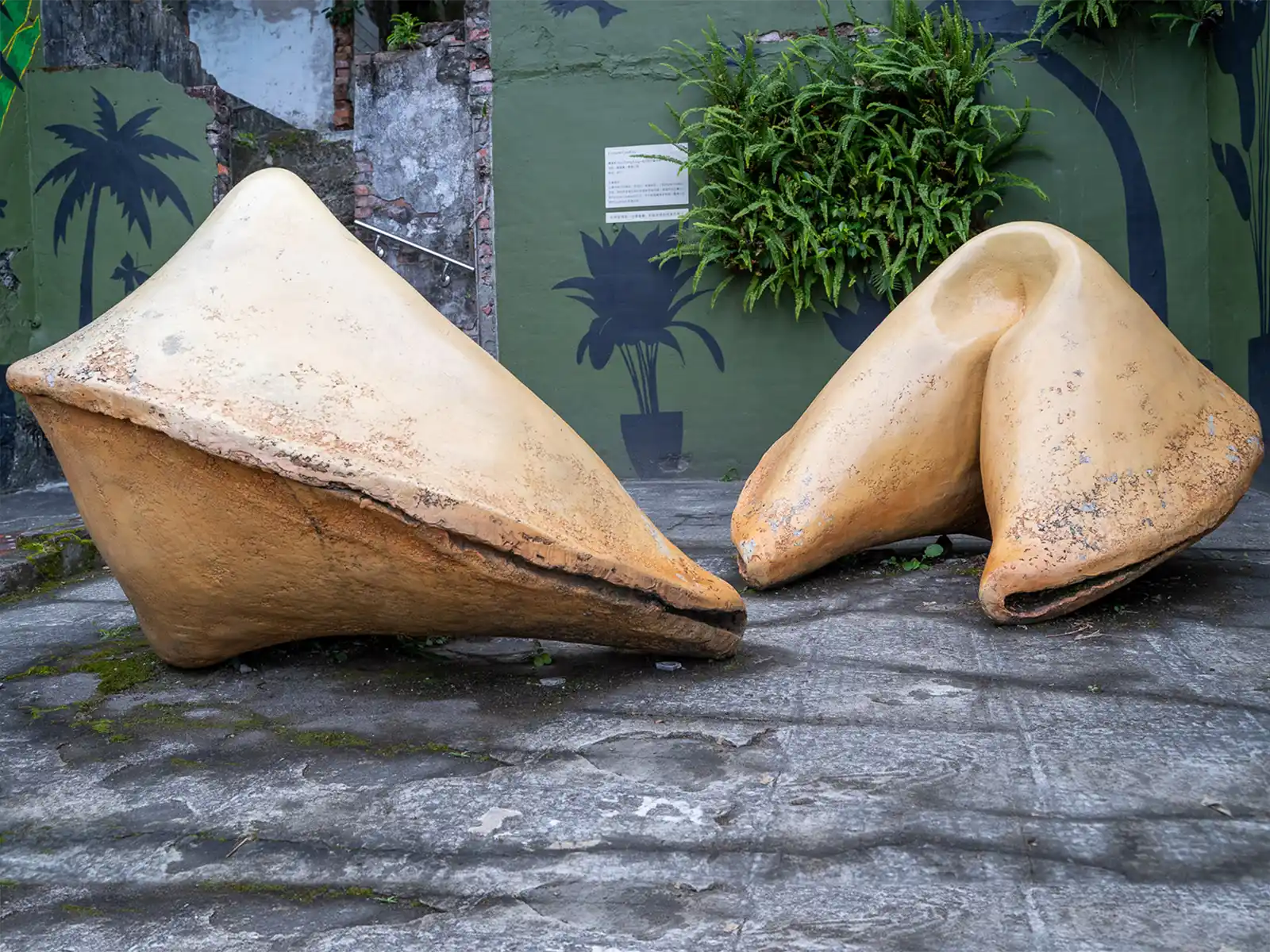
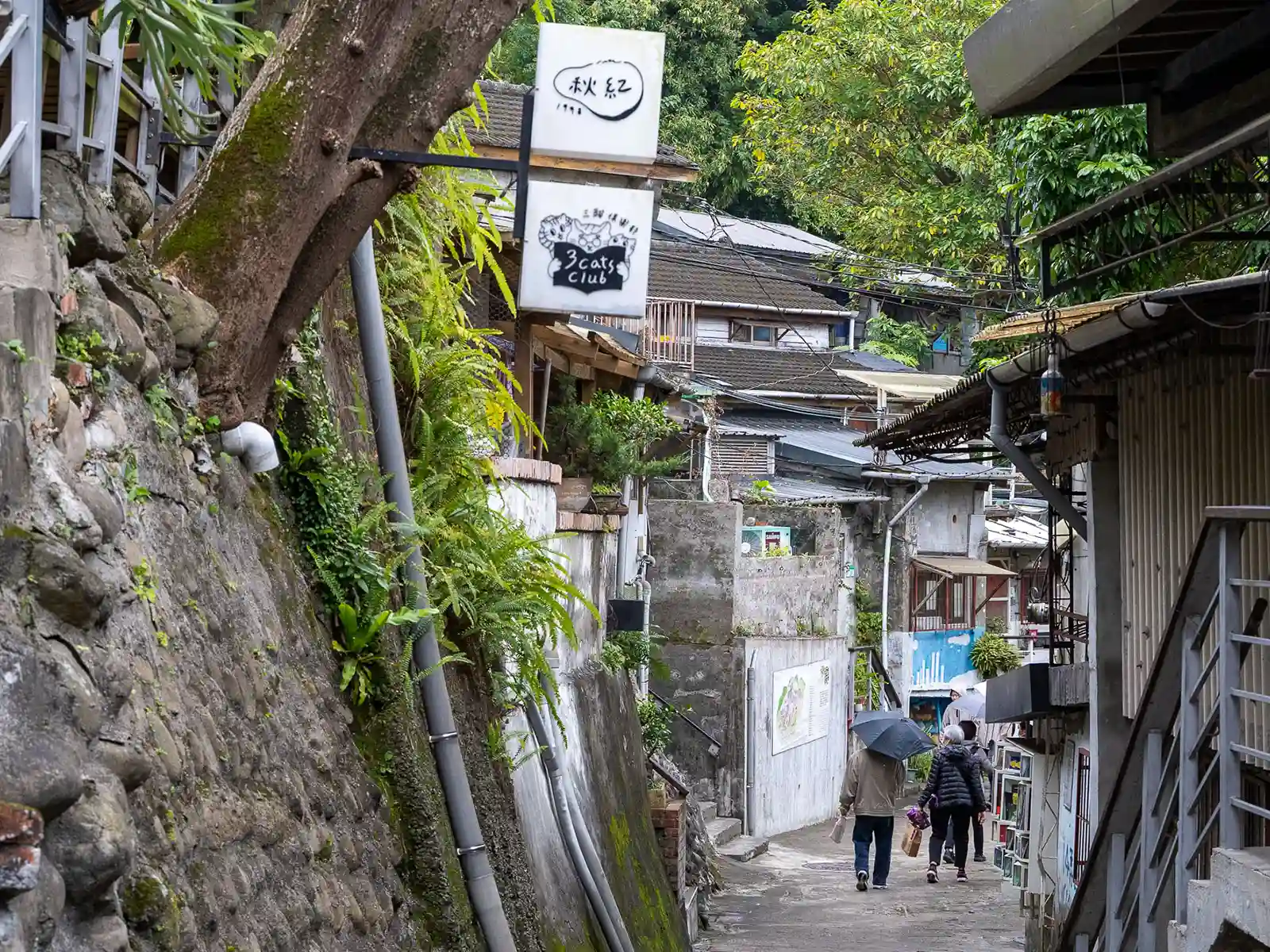
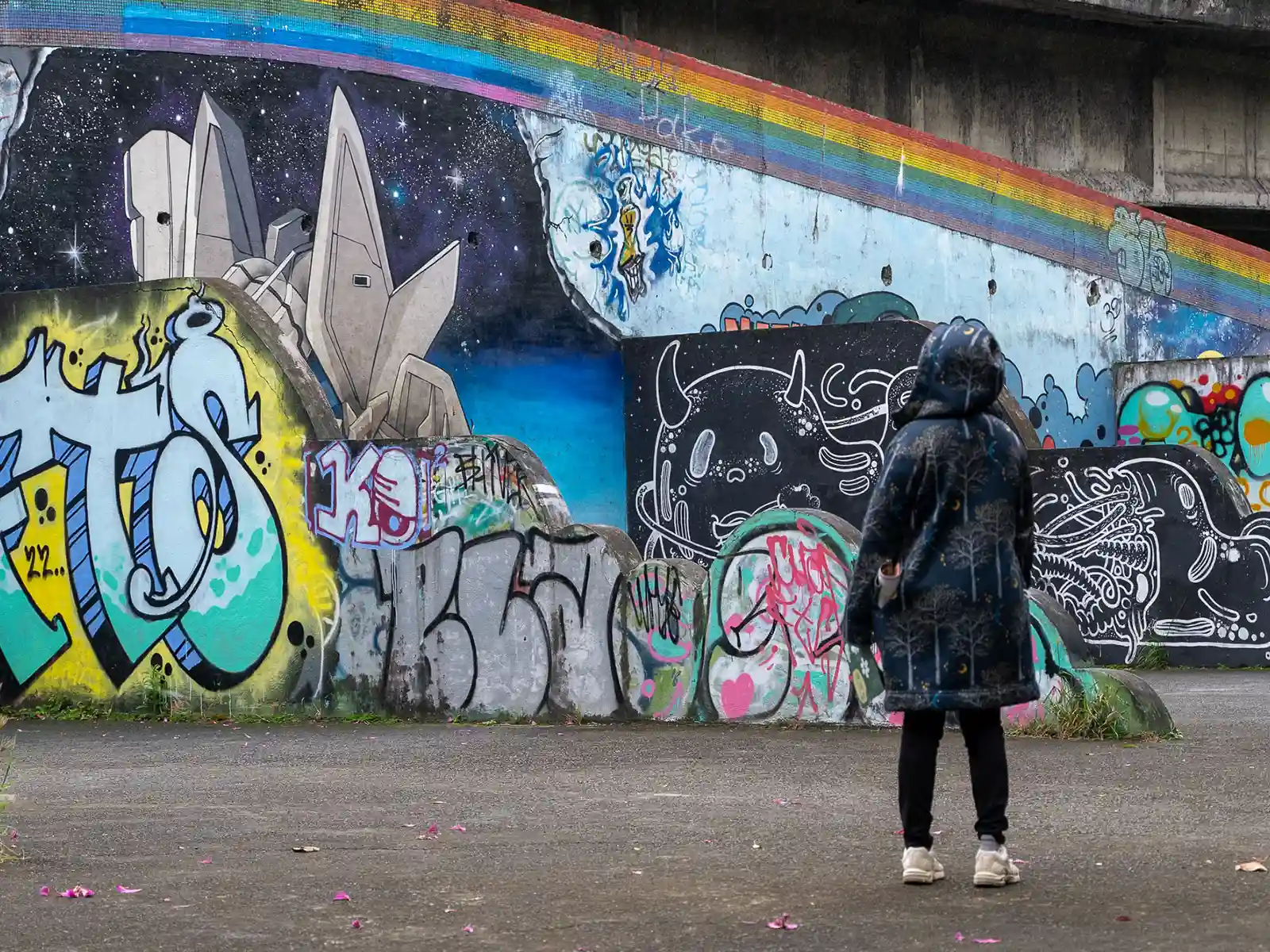
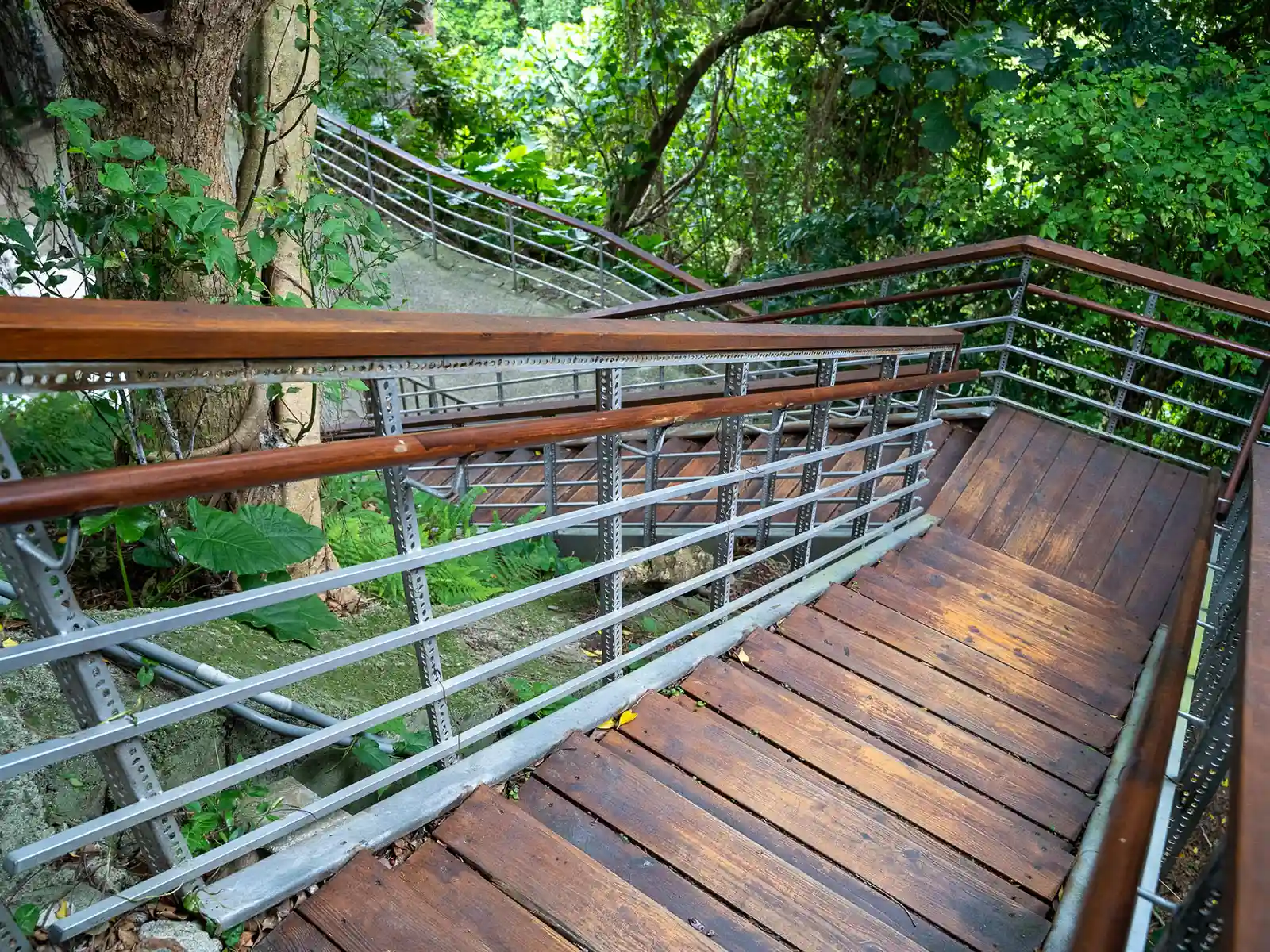
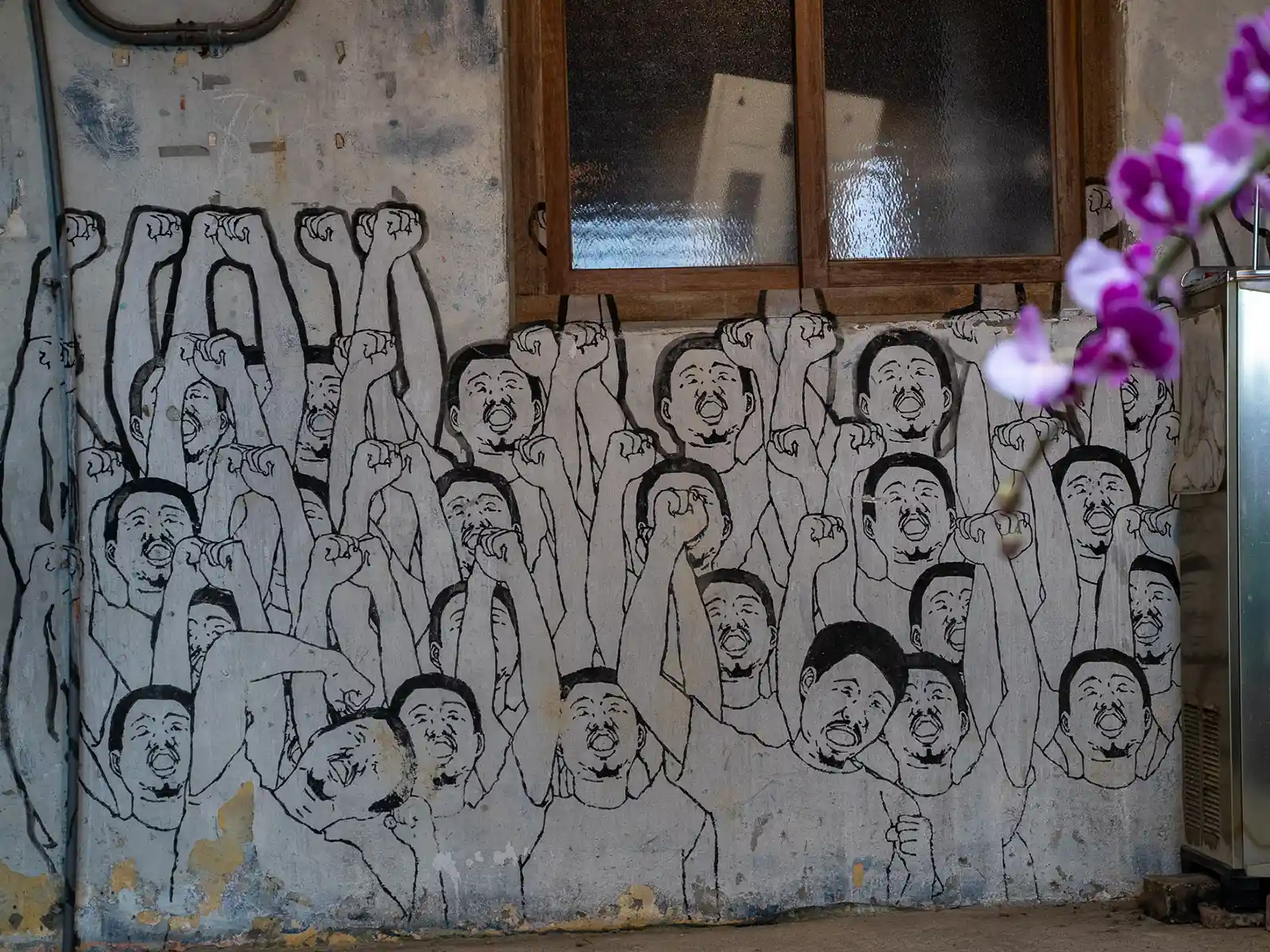
Treasure Hill Artist Village is historic-settlement-turned-artist-village located on a hill overlooking the Xindian River in what was once an illegal shantytown. The unconventional structures here were predominantly built without proper authorization to accommodate military families.
Much like the mountainside town of Jiufen, the winding alleys and staircases at Treasure Hill Artist Village meander through narrow passageways between buildings without a discernible layout. However, this unpredictability adds to the charm, with delightful surprises awaiting around every corner, whether it’s a towering fortune cookie sculpture, a charming open-air café, or a temporary exhibition by an artist-in-residence.
Remarkably, some of the original residents still call this place home, coexisting with artists, cafes, galleries, and exhibition spaces.
Initially slated for redevelopment into a park, the Culture Bureau intervened, leading to numerous restoration initiatives, ultimately resulting in the establishment of Treasure Hill Artist Village in 2010.
Today, these non-traditional dwellings are connected by vibrant murals, and the area provides studios to domestic and international artists through the Artist-in-Residence Taipei program. Over the past two decades, the village has welcomed more than 500 artists from over 40 countries.
For more information, including details on upcoming events and current exhibitions, visit the Treasure Hill Artist Village official website.

